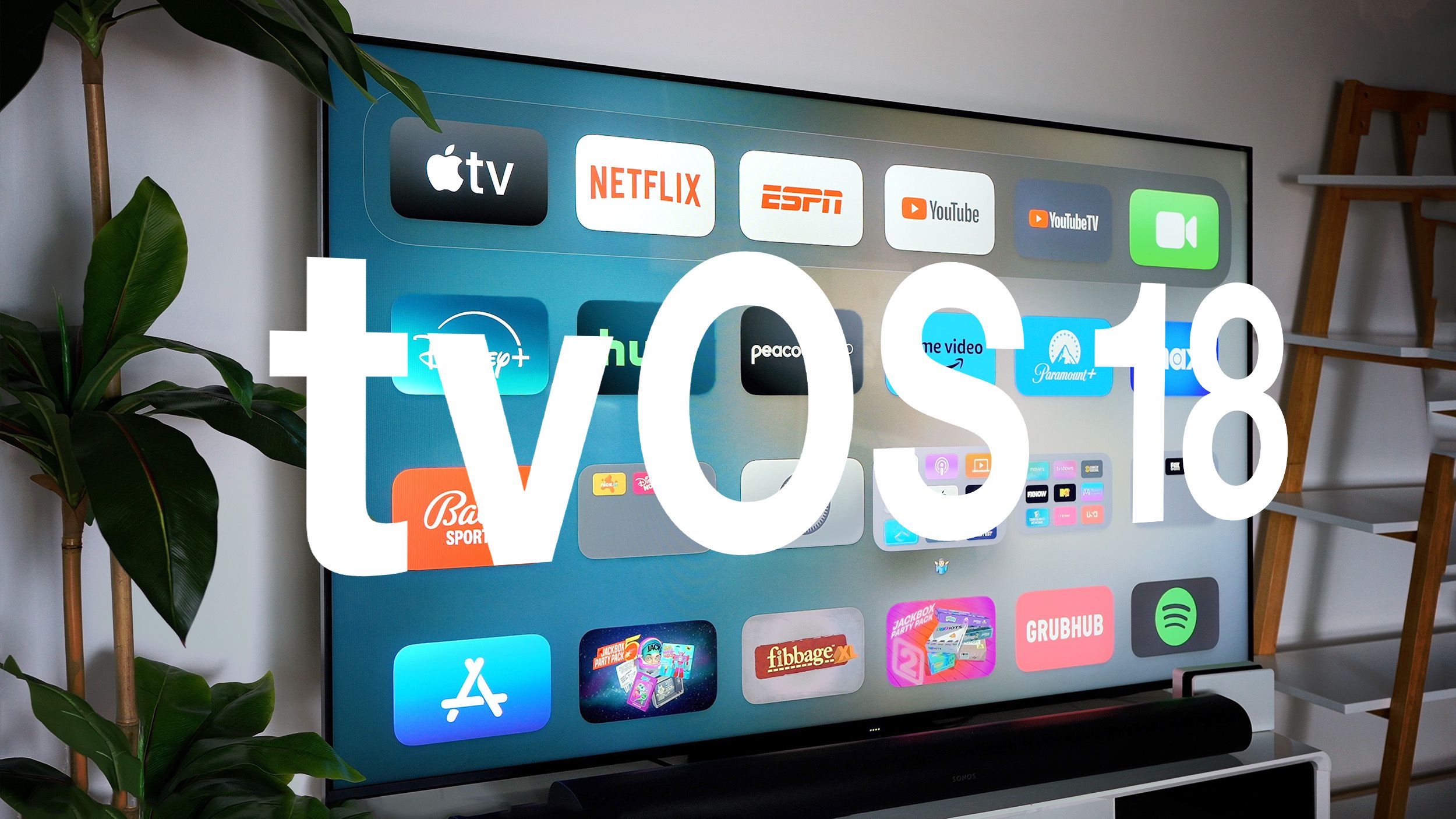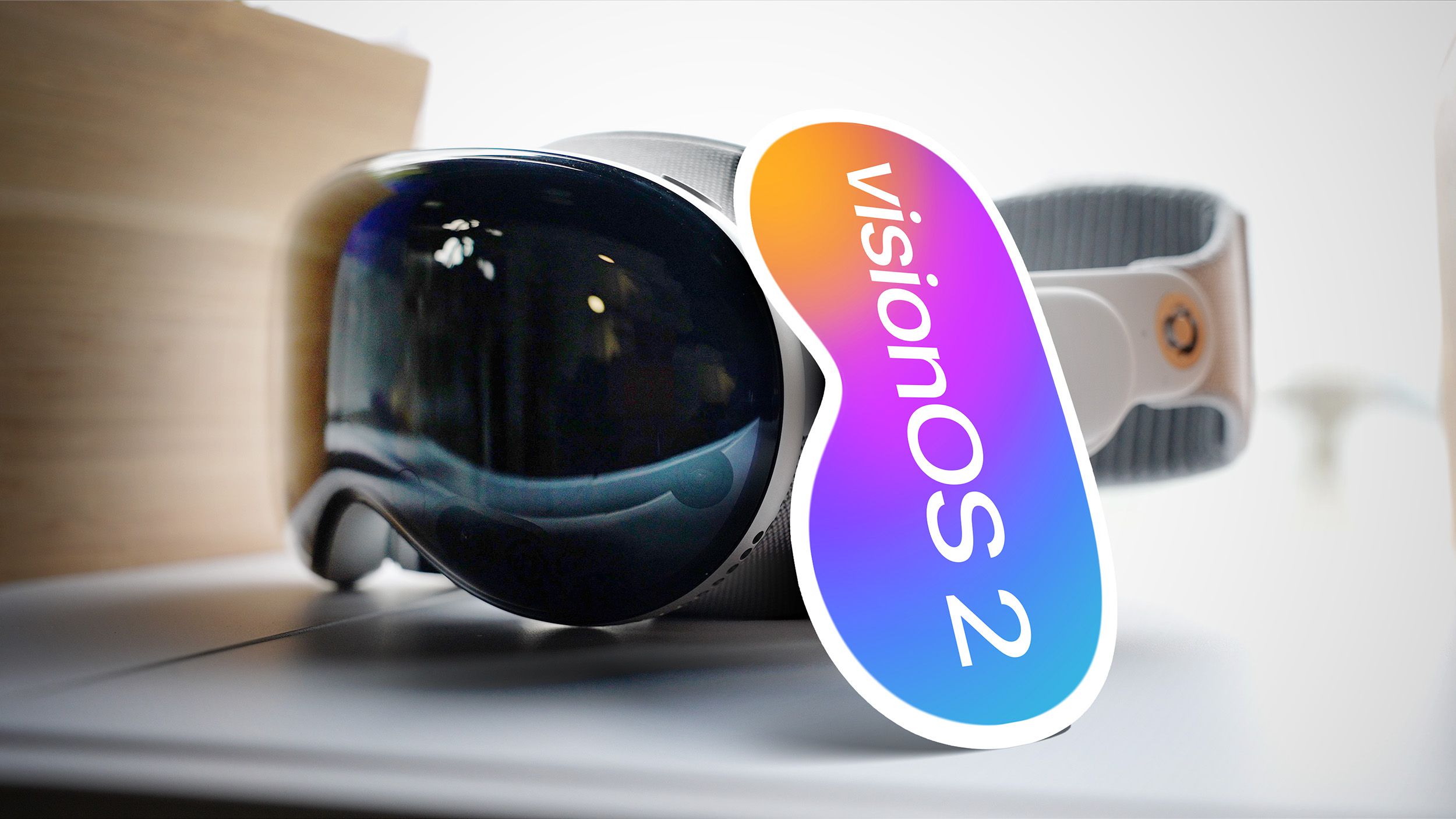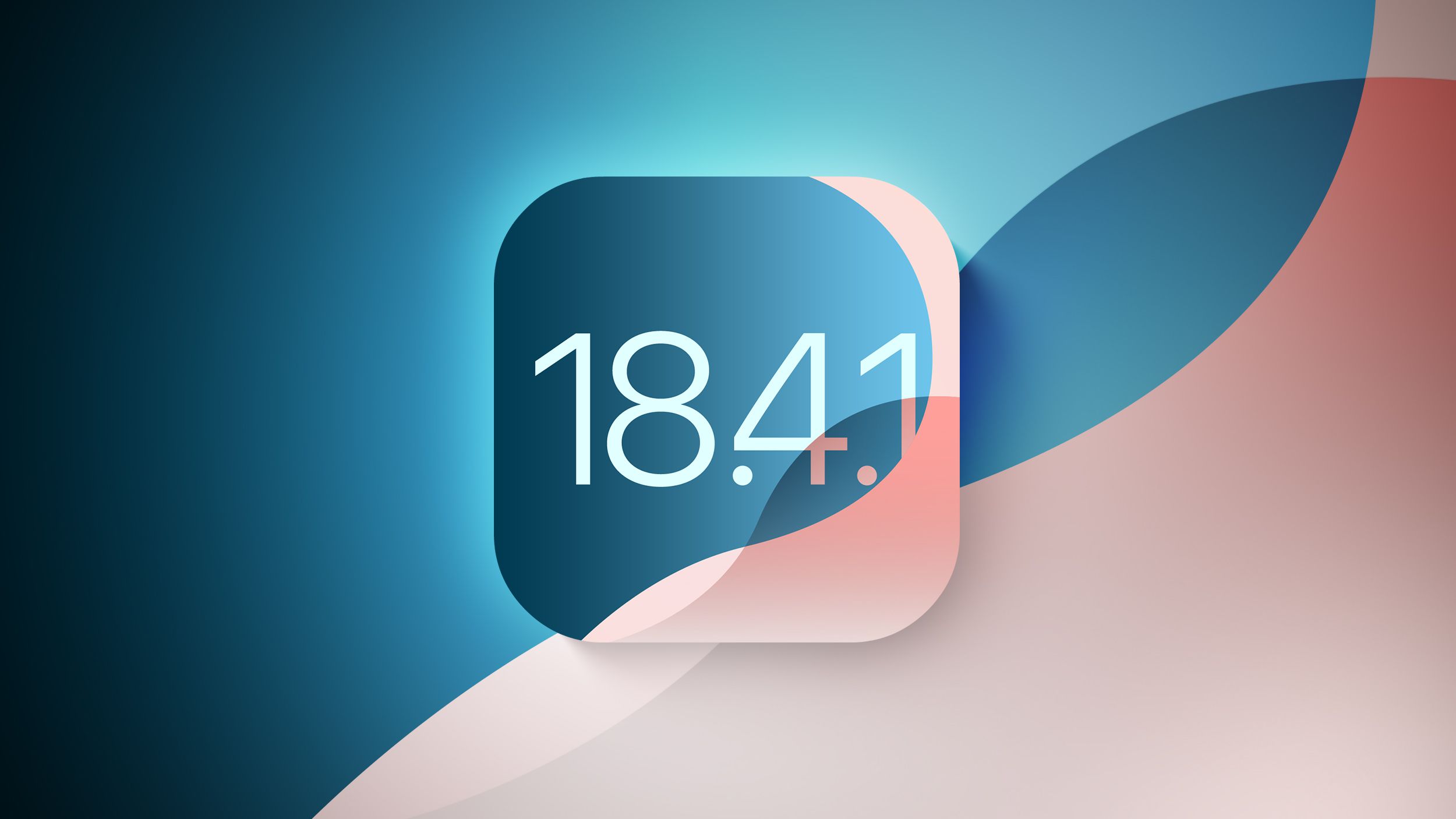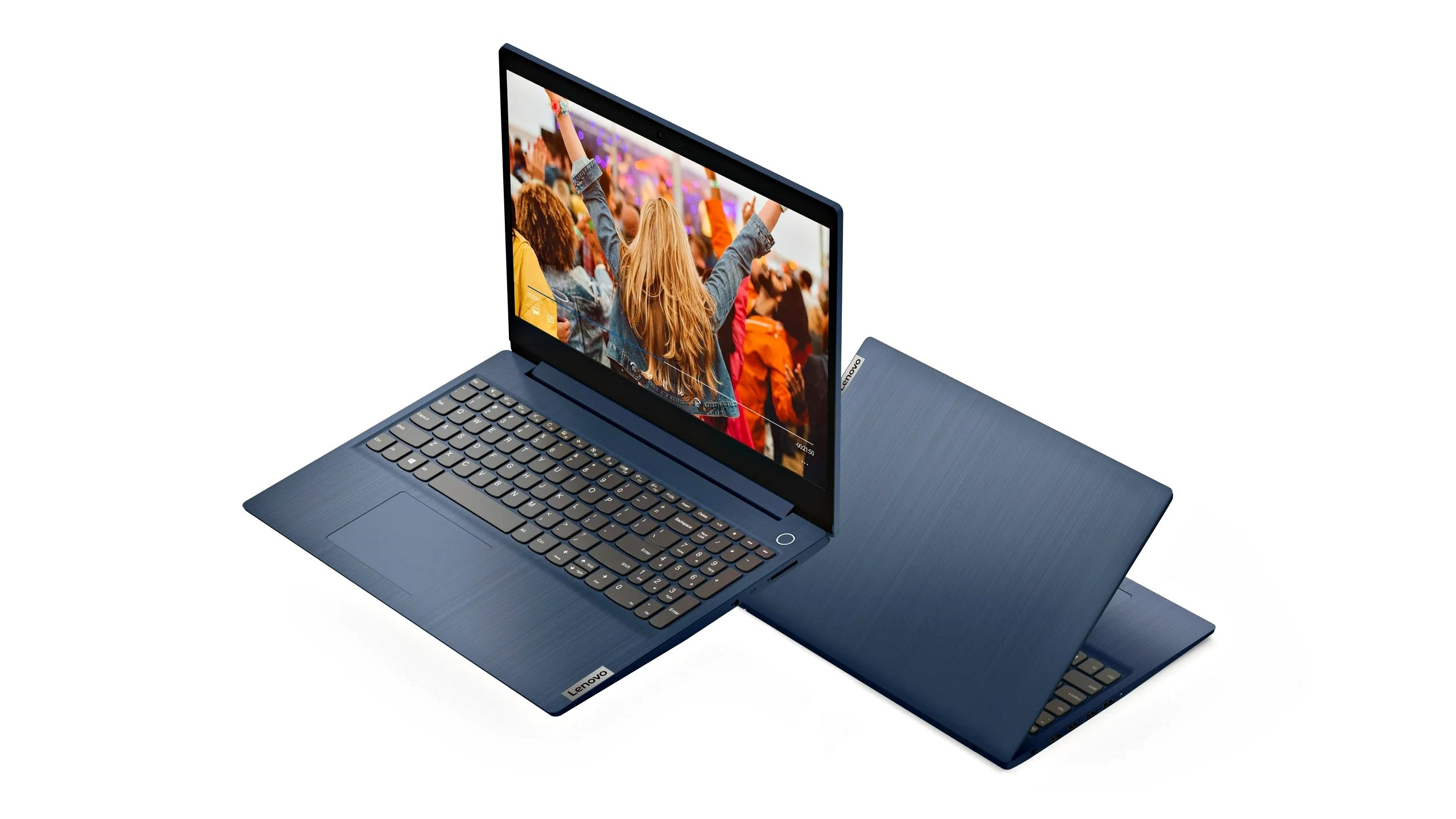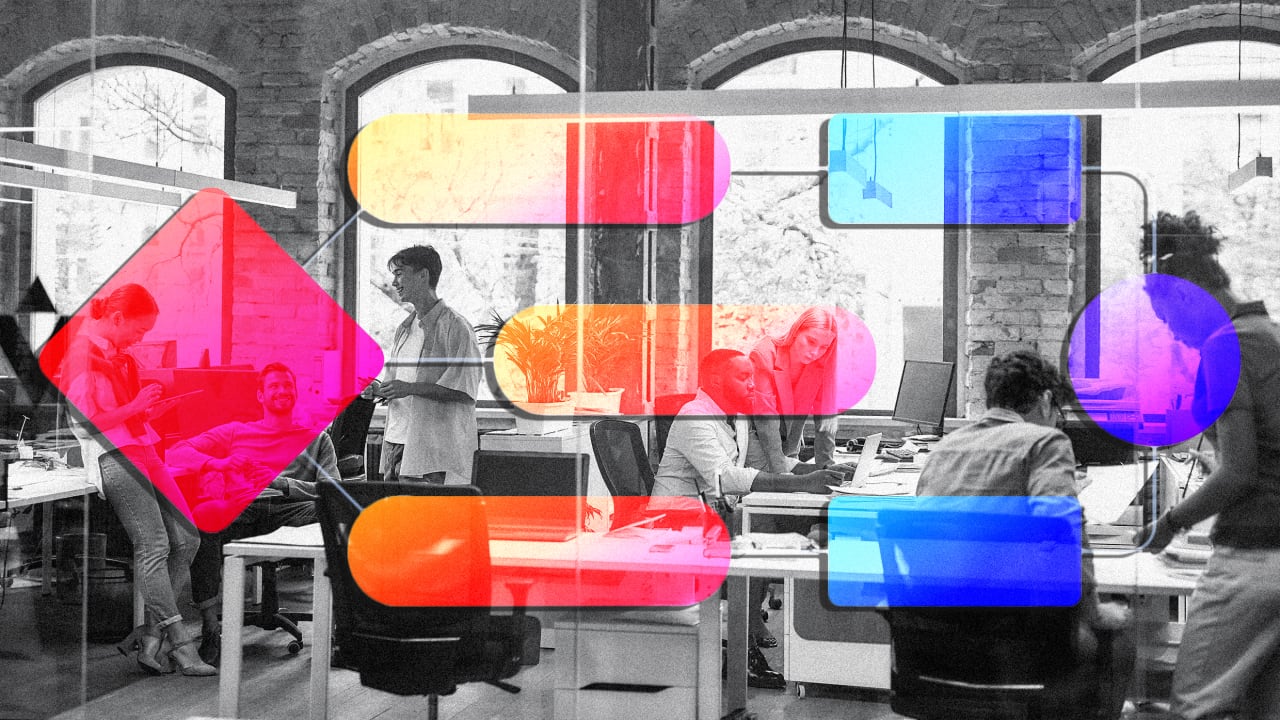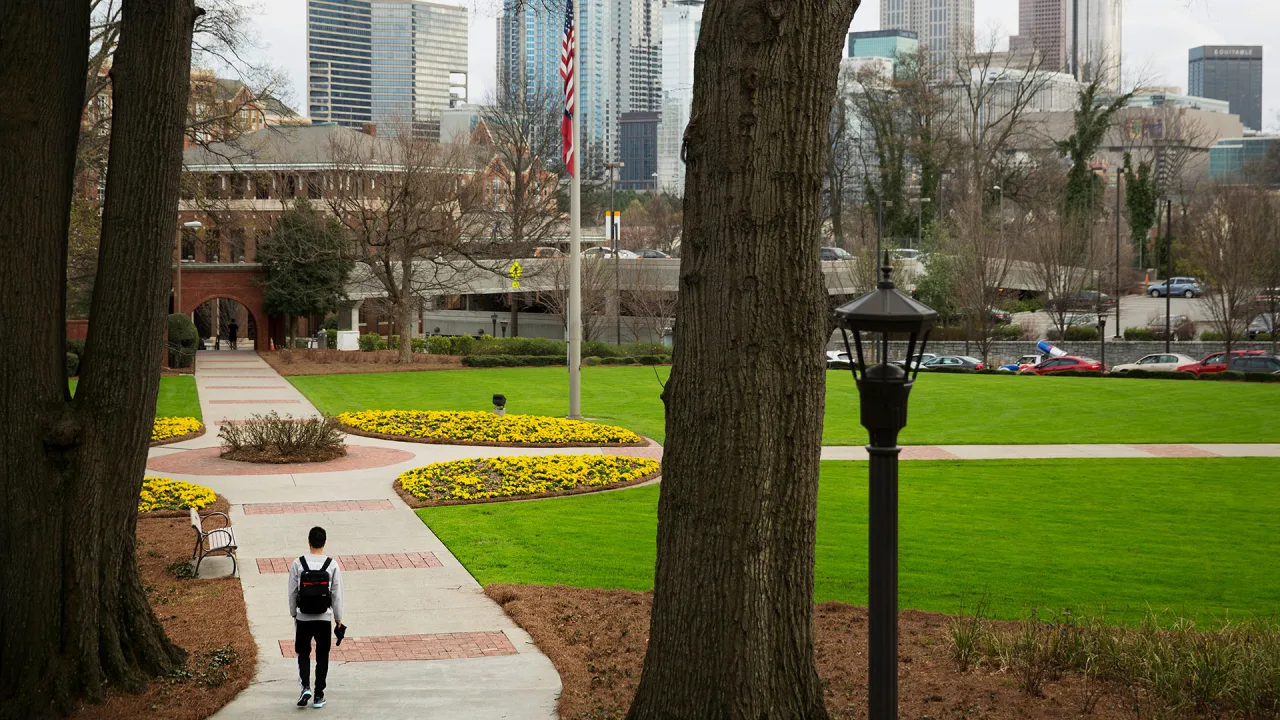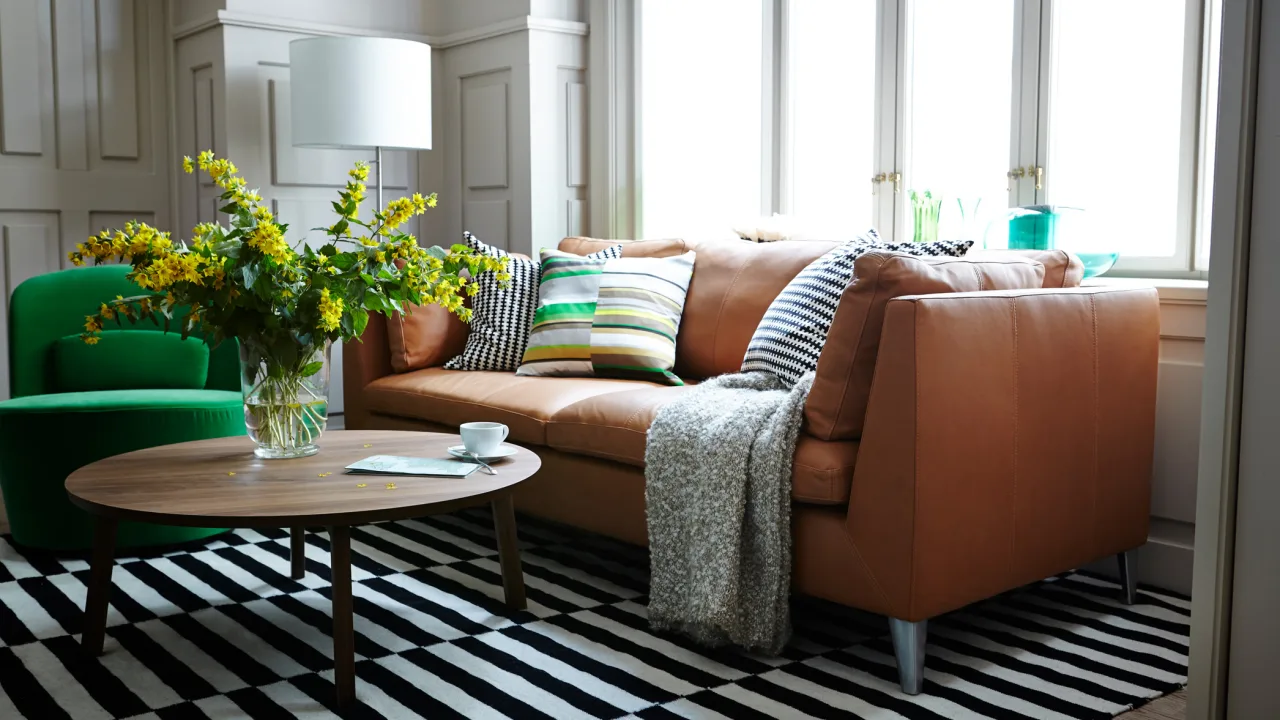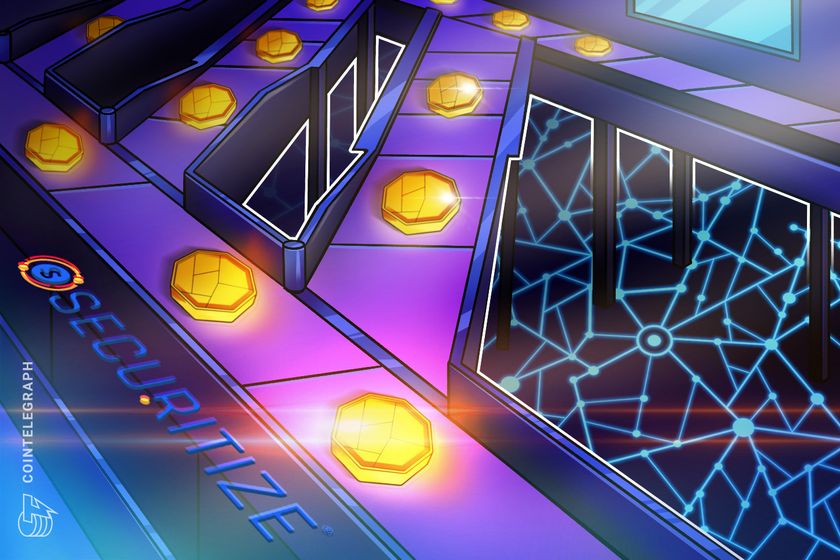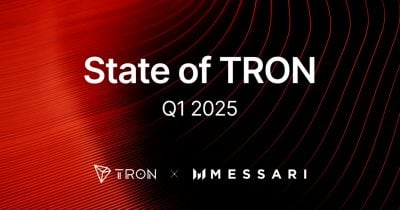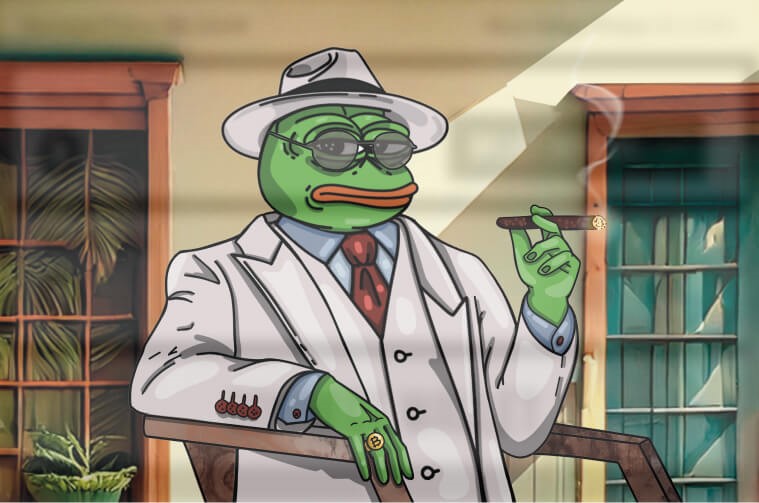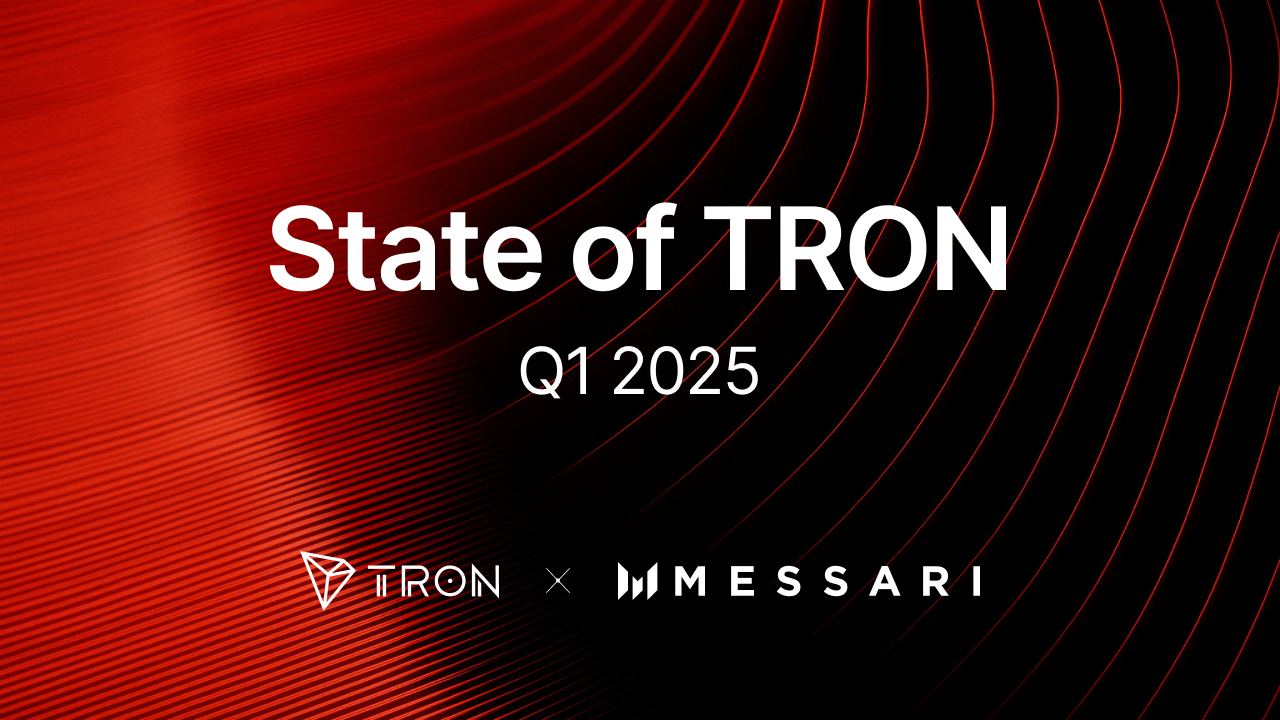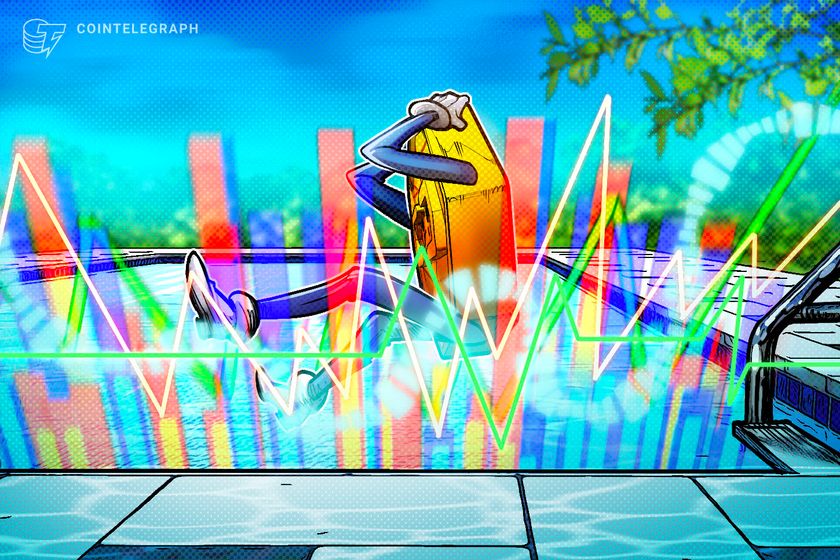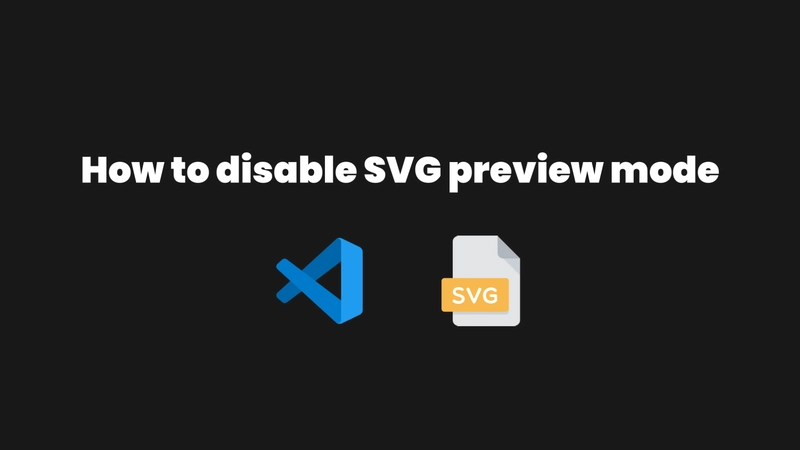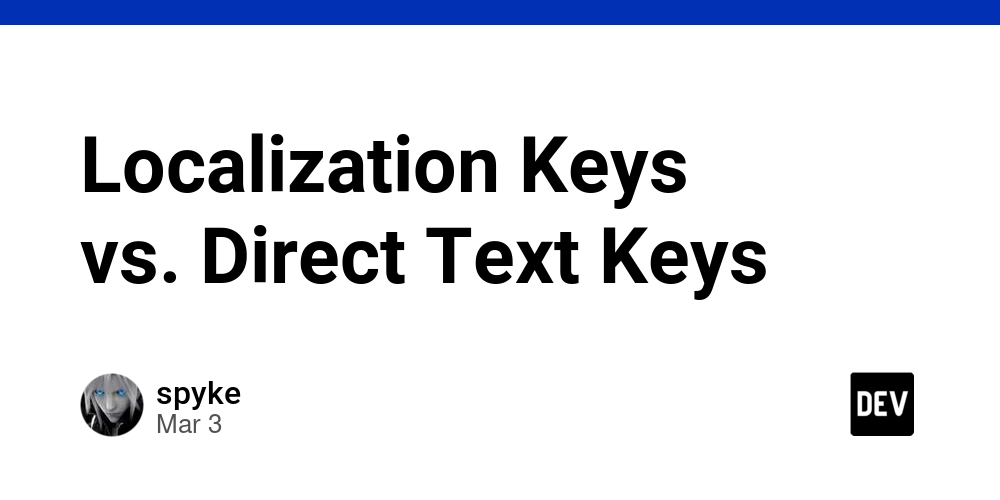Web Wonders — Living Code: How HTML, CSS, and JavaScript Build the Internet You See
Introduction: The Magic Behind the Web Have you ever wondered how your favorite websites work? Maybe it’s a fun game, a shopping page, or a blog like this one. Everything you see and click on the internet is made with something called code. But don’t worry—code isn’t scary. It’s like giving your computer a list of instructions to follow. The cool part? Once you understand a little, you can create your own websites too! In this blog, we’ll explore HTML, CSS, and JavaScript—the three most important tools for building websites. These are like the bones, skin, and brain of a webpage. You’ll learn what each one does, how they work together, and even how people around the world use them to build amazing things. Let’s jump into the world of living code and see how the internet comes to life! 1. What Is a Website, Really? Before we learn about the tools, let’s talk about what a website is. A website is a bunch of files that live on a computer called a server. When you visit a website (like typing www.google.com), your computer talks to that server and shows the website on your screen. But how does your computer know what to show? That’s where HTML, CSS, and JavaScript come in. They are like the blueprint, design, and control system for every webpage. Imagine building a robot: HTML is the skeleton. CSS is the look—the color, clothes, and hairstyle. JavaScript is the brain—it lets the robot move and think. Let’s look at each one more closely. 2. HTML — The Bones of the Web HTML stands for HyperText Markup Language. Don’t worry about the big words. Just remember this: HTML is the basic structure of a webpage. Think of it like LEGO blocks. Each piece of content—like a heading, paragraph, or image—is a block made with HTML. It tells the computer what kind of content is there. Here’s a simple example of HTML: Welcome to My Website! This is a simple webpage using HTML. This small code creates: A big title that says “Welcome to My Website!” A paragraph of text. An image of a cat. Without HTML, you’d see a blank screen. It’s the first thing every website needs. CSS — The Style and Colors If HTML is the skeleton, CSS is like the clothes and style of a webpage. CSS stands for Cascading Style Sheets. It tells the browser how to make things look pretty. You can change: - Colors - Fonts - Sizes - Layouts - Animations** Here’s an example of CSS: h1 { color: blue; font-size: 36px; } p { font-family: Arial; color: gray; } This code makes the title blue and large, and the paragraph gray with a nice font. With CSS, you can make your site look like a modern magazine or a retro video game! 4. JavaScript — The Brain of the Web Now that we have structure and style, it’s time for action! That’s where JavaScript comes in. JavaScript is a programming language. It lets websites do things like: Show or hide content Play music or videos Change buttons when you click Update the page without refreshing Let’s see a small JavaScript example: function sayHello() { alert("Hello there!"); } This code creates a little pop-up box that says “Hello there!” when called. JavaScript helps webpages feel alive and interactive. Websites like YouTube, Instagram, and games all use JavaScript to work smoothly. 5. How Do They Work Together? Now that we know about HTML, CSS, and JavaScript, let’s see how they team up! Let’s say you want to make a button that changes color when clicked. HTML will create the button: Click Me! CSS will make it look nice: magicButton { background-color: green; color: white; padding: 10px; } JavaScript will make it do something: document.getElementById("magicButton").onclick = function() { this.style.backgroundColor = "purple"; }; Put them all together, and now you have a fun, colorful button! That’s how websites are built—from three simple building blocks working as one. 6. A Real Story: A Website Built in Glasgow Let’s take a quick break from learning and share a fun little story. There was a freelance web developer who lived in Scotland. She had just moved into a small, cozy property to let in Glasgow. While setting up her new home office, she decided to create a fun project—just for practice. She built a website using only HTML, CSS, and JavaScript (no fancy tools, just the basics!). She made a simple, responsive website that changed colors, had a cool animation, and worked on phones and computers. She shared it online, and guess what? It went viral! Thousands of people loved it because it was clean, fast, and fun. That’s the power of learning web tools—you can create something amazing from anywhere, even from a flat in Glasgow. How Can You Start? You don’t need fancy tools to build websites. All you need is: A computer A web browser (like Chrome or Firefox) A code editor (like Notepad or VS Code) Here’s how to begin: Step 1: Open a code editor Step 2: Write your HTML, CSS, and JavaScript Step 3: Save the file as .html Step 4: Open the file in y

Introduction: The Magic Behind the Web
Have you ever wondered how your favorite websites work? Maybe it’s a fun game, a shopping page, or a blog like this one. Everything you see and click on the internet is made with something called code. But don’t worry—code isn’t scary. It’s like giving your computer a list of instructions to follow. The cool part? Once you understand a little, you can create your own websites too!
In this blog, we’ll explore HTML, CSS, and JavaScript—the three most important tools for building websites. These are like the bones, skin, and brain of a webpage. You’ll learn what each one does, how they work together, and even how people around the world use them to build amazing things.
Let’s jump into the world of living code and see how the internet comes to life!
1. What Is a Website, Really?
Before we learn about the tools, let’s talk about what a website is.
A website is a bunch of files that live on a computer called a server. When you visit a website (like typing www.google.com), your computer talks to that server and shows the website on your screen. But how does your computer know what to show?
That’s where HTML, CSS, and JavaScript come in. They are like the blueprint, design, and control system for every webpage.
- Imagine building a robot:
- HTML is the skeleton.
- CSS is the look—the color, clothes, and hairstyle.
- JavaScript is the brain—it lets the robot move and think.
Let’s look at each one more closely.
2. HTML — The Bones of the Web
HTML stands for HyperText Markup Language. Don’t worry about the big words. Just remember this: HTML is the basic structure of a webpage.
Think of it like LEGO blocks. Each piece of content—like a heading, paragraph, or image—is a block made with HTML. It tells the computer what kind of content is there.
Here’s a simple example of HTML:
Welcome to My Website!
This is a simple webpage using HTML.
This small code creates:
- A big title that says “Welcome to My Website!”
- A paragraph of text.
- An image of a cat.
Without HTML, you’d see a blank screen. It’s the first thing every website needs.
- CSS — The Style and Colors If HTML is the skeleton, CSS is like the clothes and style of a webpage. CSS stands for Cascading Style Sheets. It tells the browser how to make things look pretty.
You can change:
- Colors
- Fonts
- Sizes
- Layouts
- Animations**
Here’s an example of CSS:
h1 {
color: blue;
font-size: 36px;
}
p {
font-family: Arial;
color: gray;
}
This code makes the title blue and large, and the paragraph gray with a nice font. With CSS, you can make your site look like a modern magazine or a retro video game!
4. JavaScript — The Brain of the Web
Now that we have structure and style, it’s time for action! That’s where JavaScript comes in.
JavaScript is a programming language. It lets websites do things like:
- Show or hide content
- Play music or videos
- Change buttons when you click
- Update the page without refreshing
Let’s see a small JavaScript example:
function sayHello() {
alert("Hello there!");
}
This code creates a little pop-up box that says “Hello there!” when called. JavaScript helps webpages feel alive and interactive.
Websites like YouTube, Instagram, and games all use JavaScript to work smoothly.
5. How Do They Work Together?
Now that we know about HTML, CSS, and JavaScript, let’s see how they team up!
Let’s say you want to make a button that changes color when clicked.
HTML will create the button:
Click Me!
CSS will make it look nice:
magicButton {
background-color: green;
color: white;
padding: 10px;
}
JavaScript will make it do something:
document.getElementById("magicButton").onclick = function() {
this.style.backgroundColor = "purple";
};
Put them all together, and now you have a fun, colorful button! That’s how websites are built—from three simple building blocks working as one.
6. A Real Story: A Website Built in Glasgow
Let’s take a quick break from learning and share a fun little story.
There was a freelance web developer who lived in Scotland. She had just moved into a small, cozy property to let in Glasgow. While setting up her new home office, she decided to create a fun project—just for practice. She built a website using only HTML, CSS, and JavaScript (no fancy tools, just the basics!).
She made a simple, responsive website that changed colors, had a cool animation, and worked on phones and computers. She shared it online, and guess what? It went viral! Thousands of people loved it because it was clean, fast, and fun.
That’s the power of learning web tools—you can create something amazing from anywhere, even from a flat in Glasgow.
- How Can You Start? You don’t need fancy tools to build websites. All you need is:
A computer
A web browser (like Chrome or Firefox)
A code editor (like Notepad or VS Code)
Here’s how to begin:
Step 1: Open a code editor
Step 2: Write your HTML, CSS, and JavaScript
Step 3: Save the file as .html
Step 4: Open the file in your browser
Boom! You made a webpage.
- Fun Ideas to Try Here are some easy projects you can try as a beginner:
- Make a “My Favorite Animals” webpage using HTML.
- Add colors and pictures with CSS.
- Create a quiz that gives you a score using JavaScript.
- Build a digital birthday card for a friend.
- Make a simple calculator or a to-do list.
The more you practice, the better you’ll get!
9. Tips for Young Coders
Start small: Don’t try to build a huge website at first.
Make mistakes: It’s okay! Coding is like solving puzzles.
Ask questions: Use websites like Stack Overflow or ask teachers.
Be creative: You can design a website about anything—sports, pets, games, space, or your favorite food!
Keep learning: There are many free tutorials on YouTube and learning websites like Khan Academy and W3Schools.
10. The Future Is Yours
Did you know many jobs today use web skills? Designers, writers, artists, game makers, and scientists all use websites to share their work.
Learning HTML, CSS, and JavaScript is like learning how to build a magic world. You can create games, blogs, art galleries, shops, or anything you imagine.
And the best part? You don’t have to wait until you’re an adult. Kids all over the world are already building cool things online. Why not you?
Conclusion: You’re Just One Step Away
So now you know the secret behind the internet’s magic! Websites aren’t made by wizards—they’re built by people like you, using simple tools like HTML, CSS, and JavaScript.
Remember:
***HTML gives the structure*
CSS adds the style
JavaScript makes it move**
It’s like building your own world from scratch. With just a little practice, you can make websites that are fun, useful, or just totally awesome.
So go ahead—open up your computer, write your first line of code, and start building. The internet is waiting for your story.
Who knows? Maybe your next website will be the one that everyone talks about—even from a quiet little property to let in Glasgow.
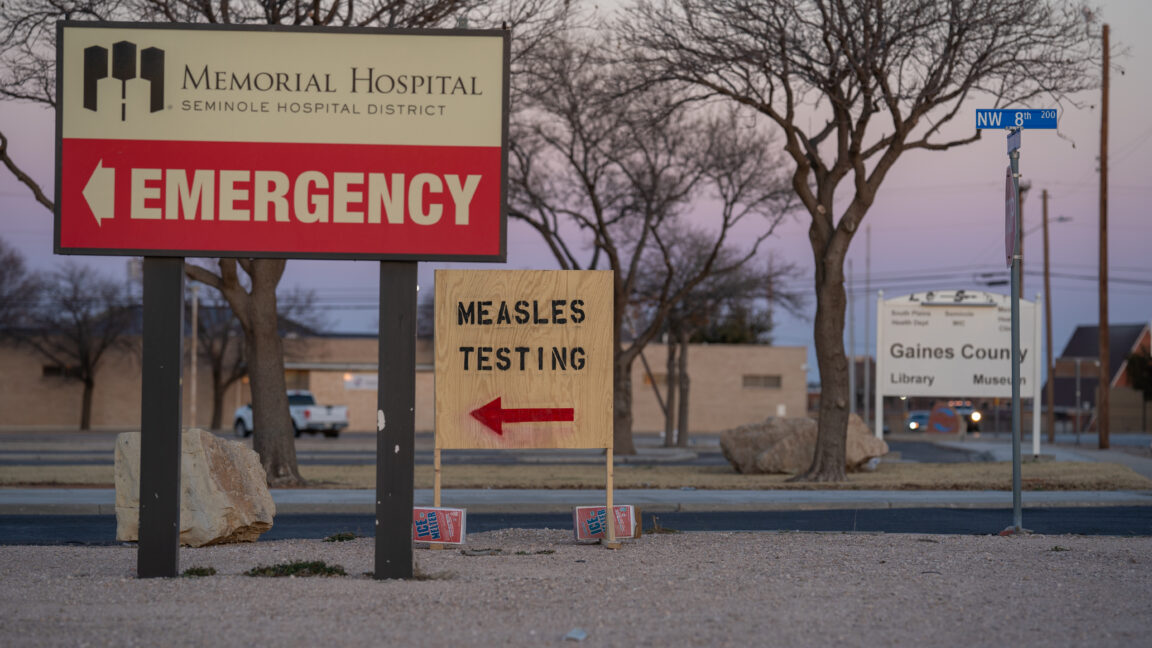















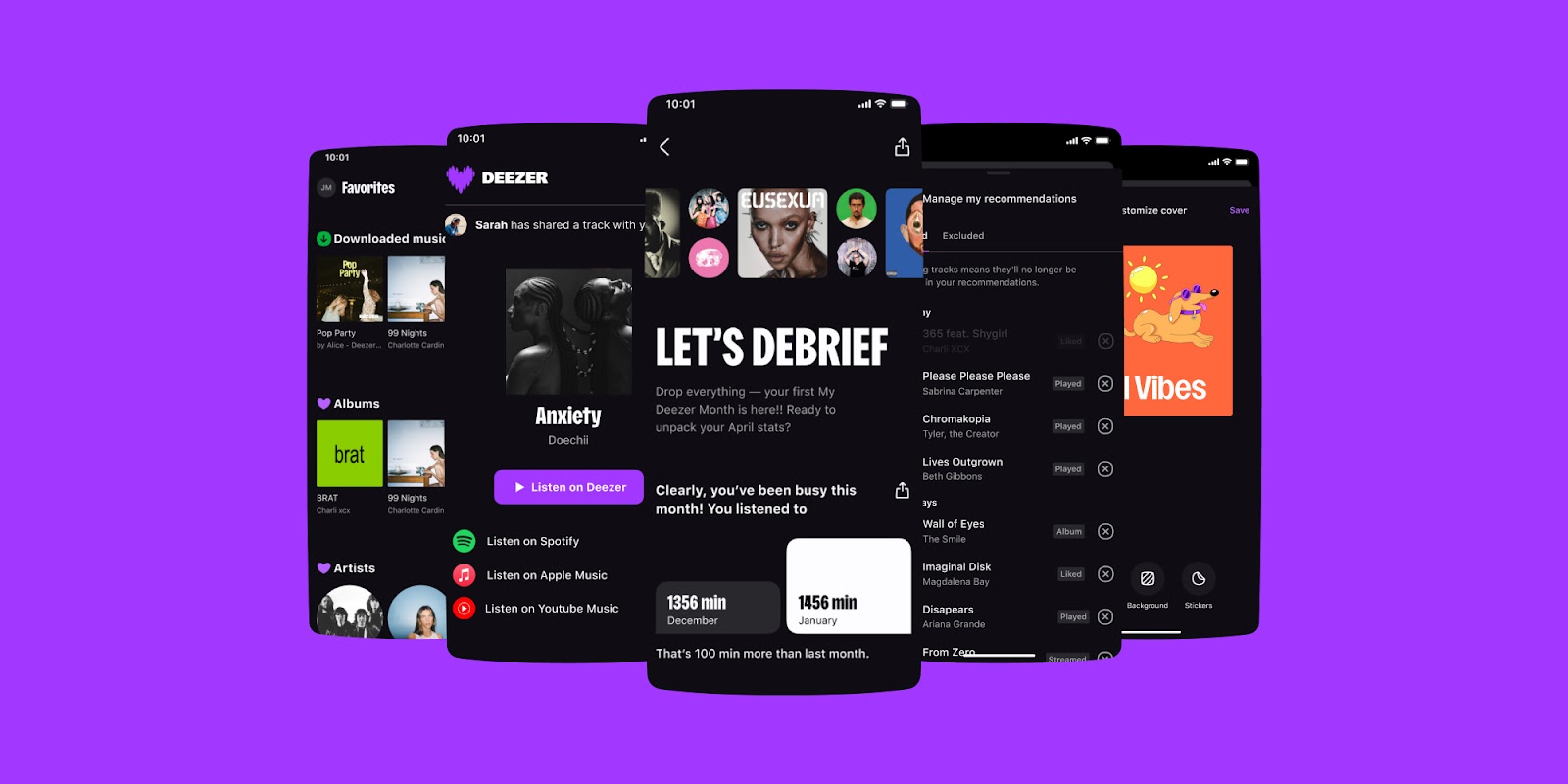
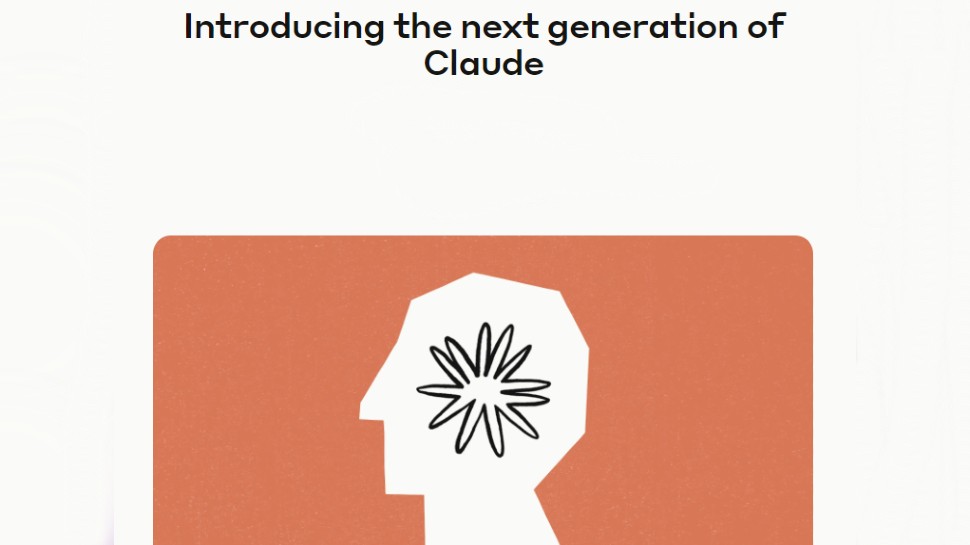
























































































































































![[The AI Show Episode 144]: ChatGPT’s New Memory, Shopify CEO’s Leaked “AI First” Memo, Google Cloud Next Releases, o3 and o4-mini Coming Soon & Llama 4’s Rocky Launch](https://www.marketingaiinstitute.com/hubfs/ep%20144%20cover.png)














































































































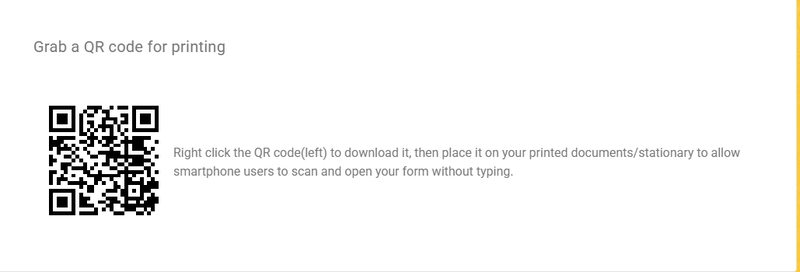
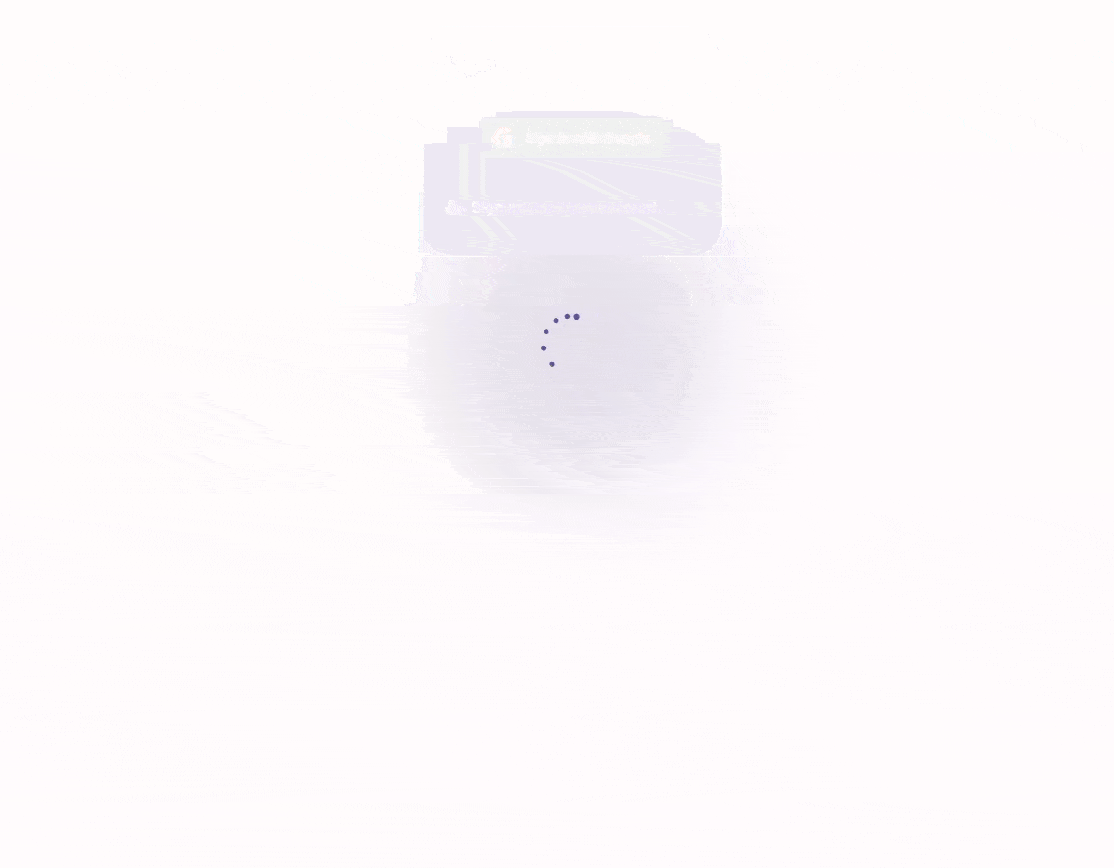

















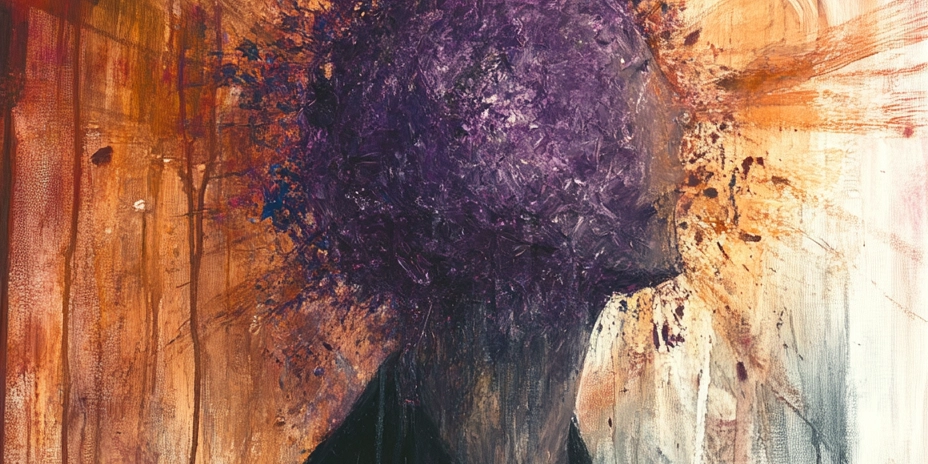
































































![Blue Archive tier list [April 2025]](https://media.pocketgamer.com/artwork/na-33404-1636469504/blue-archive-screenshot-2.jpg?#)

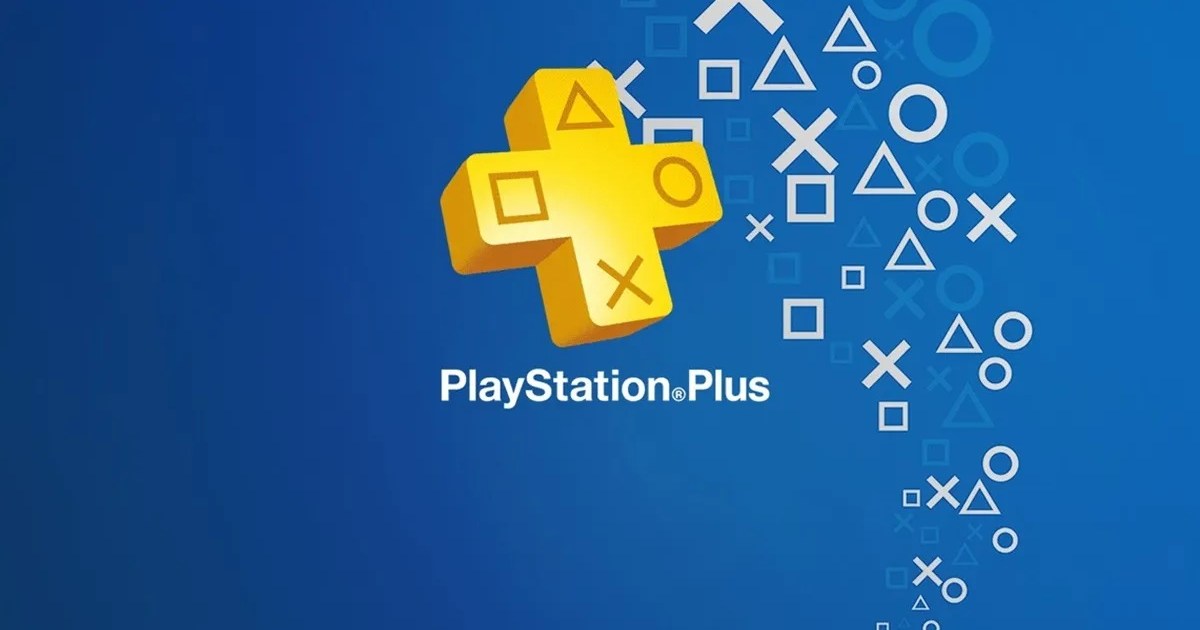
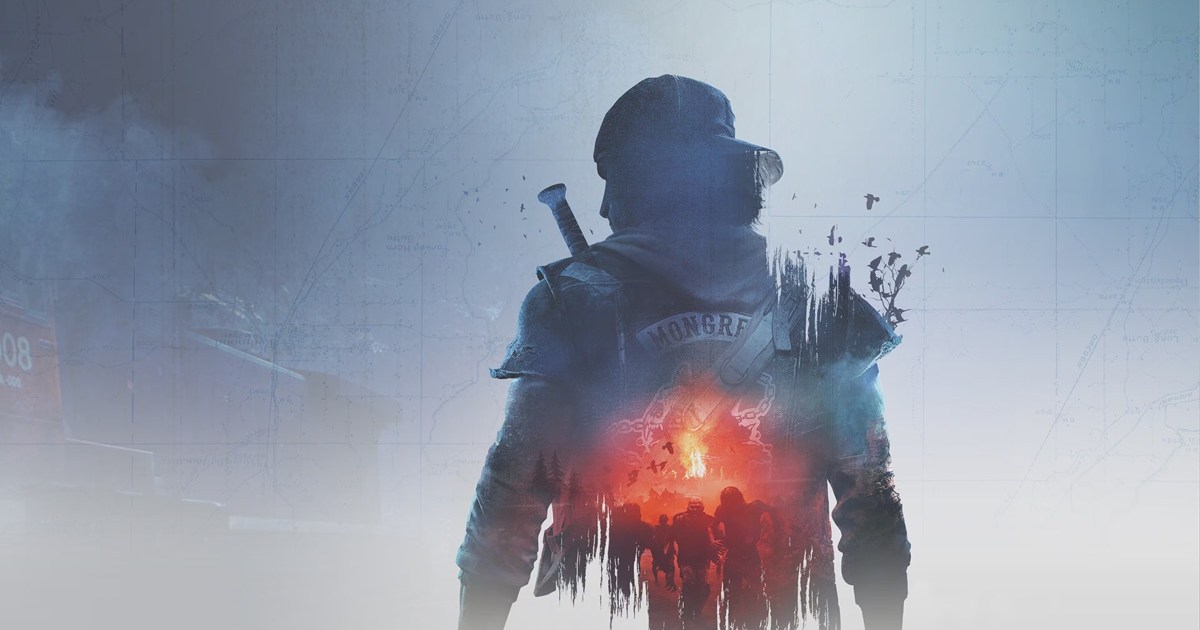
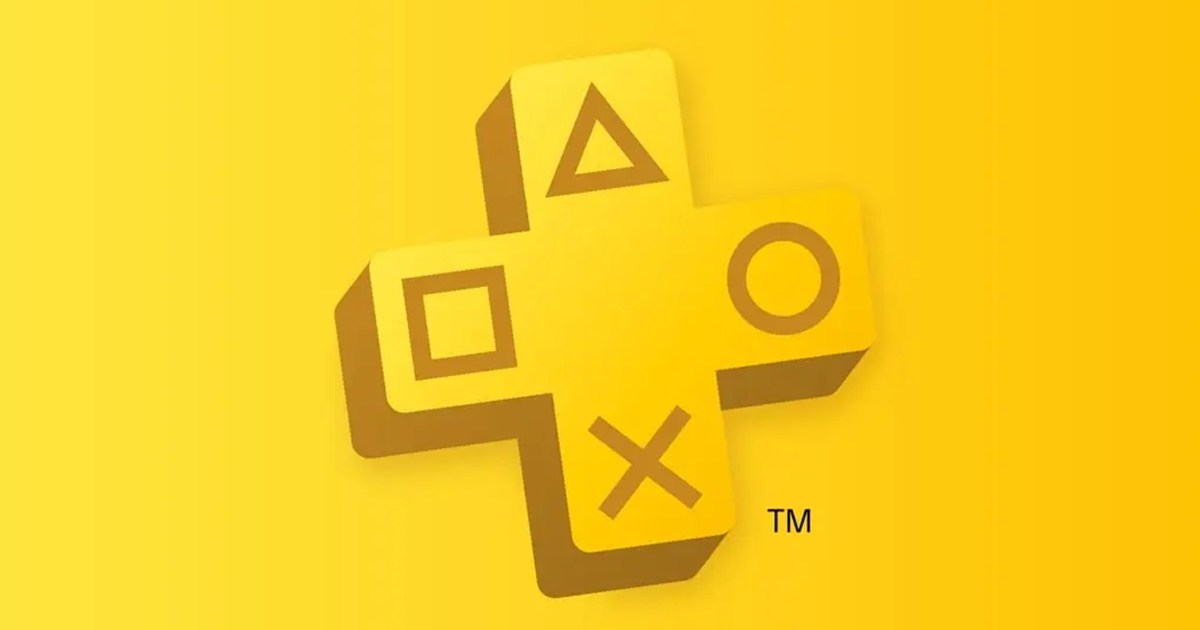








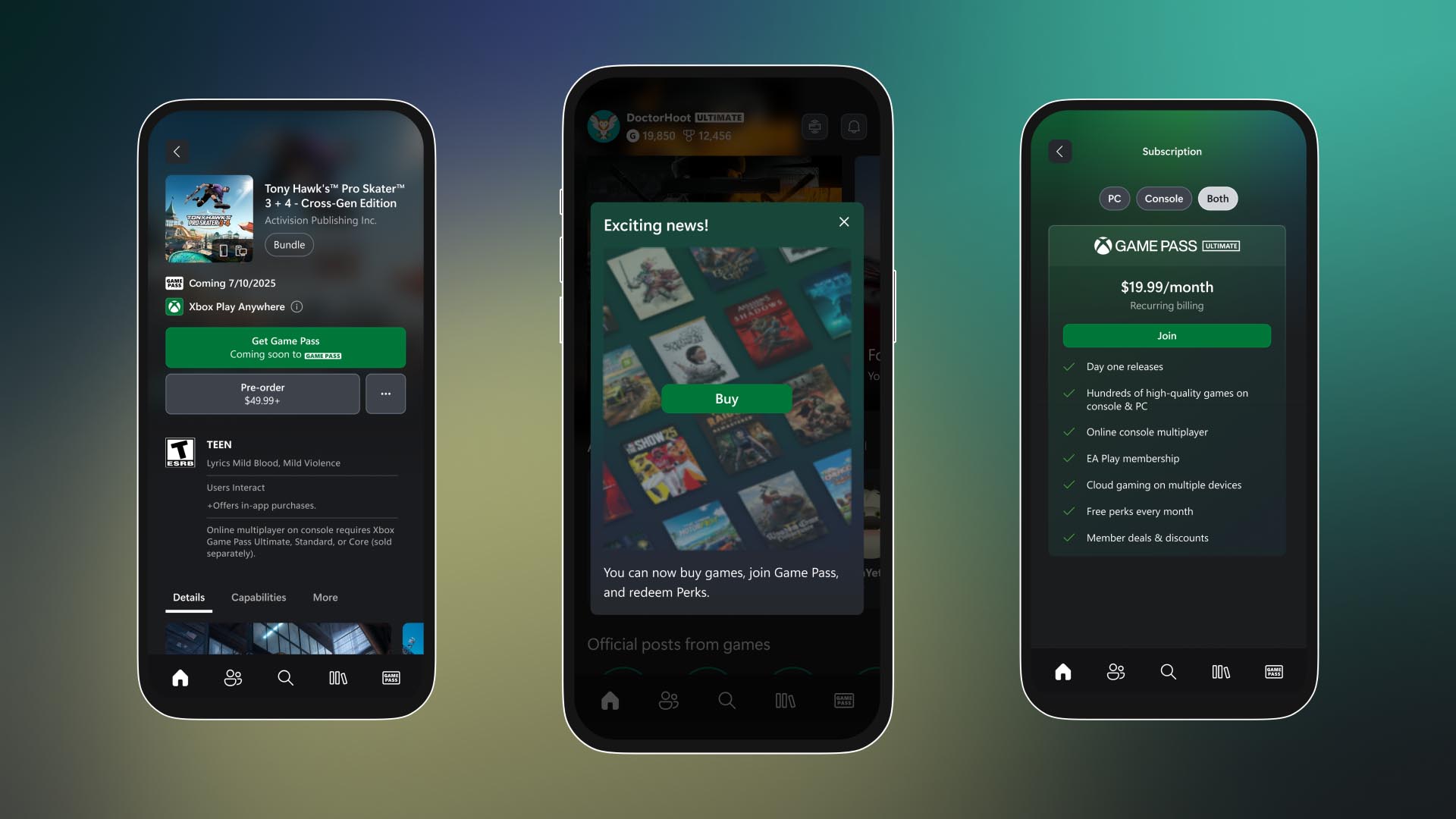






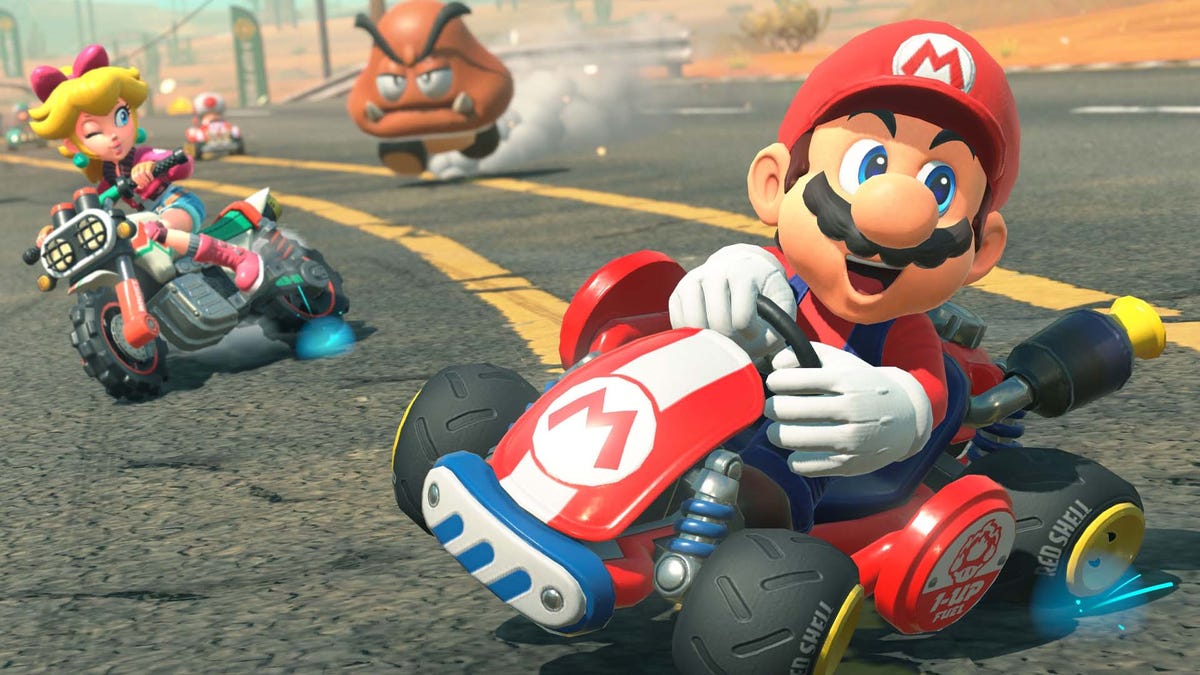
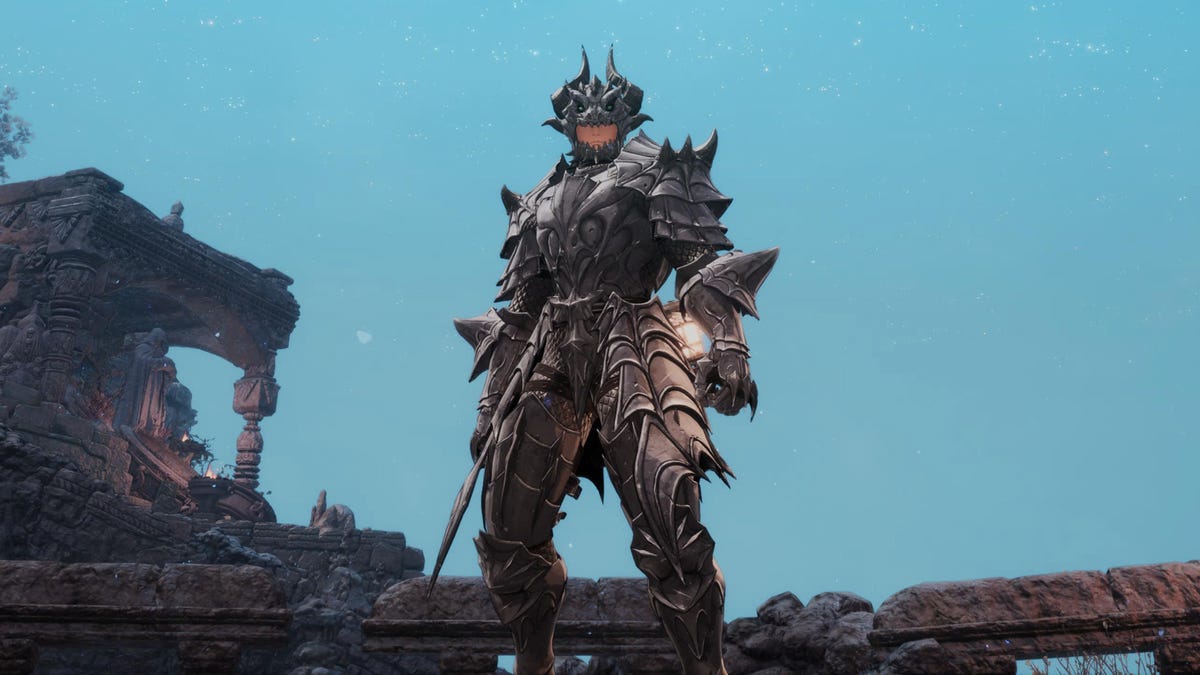













.png?#)








.png?width=1920&height=1920&fit=bounds&quality=70&format=jpg&auto=webp#)











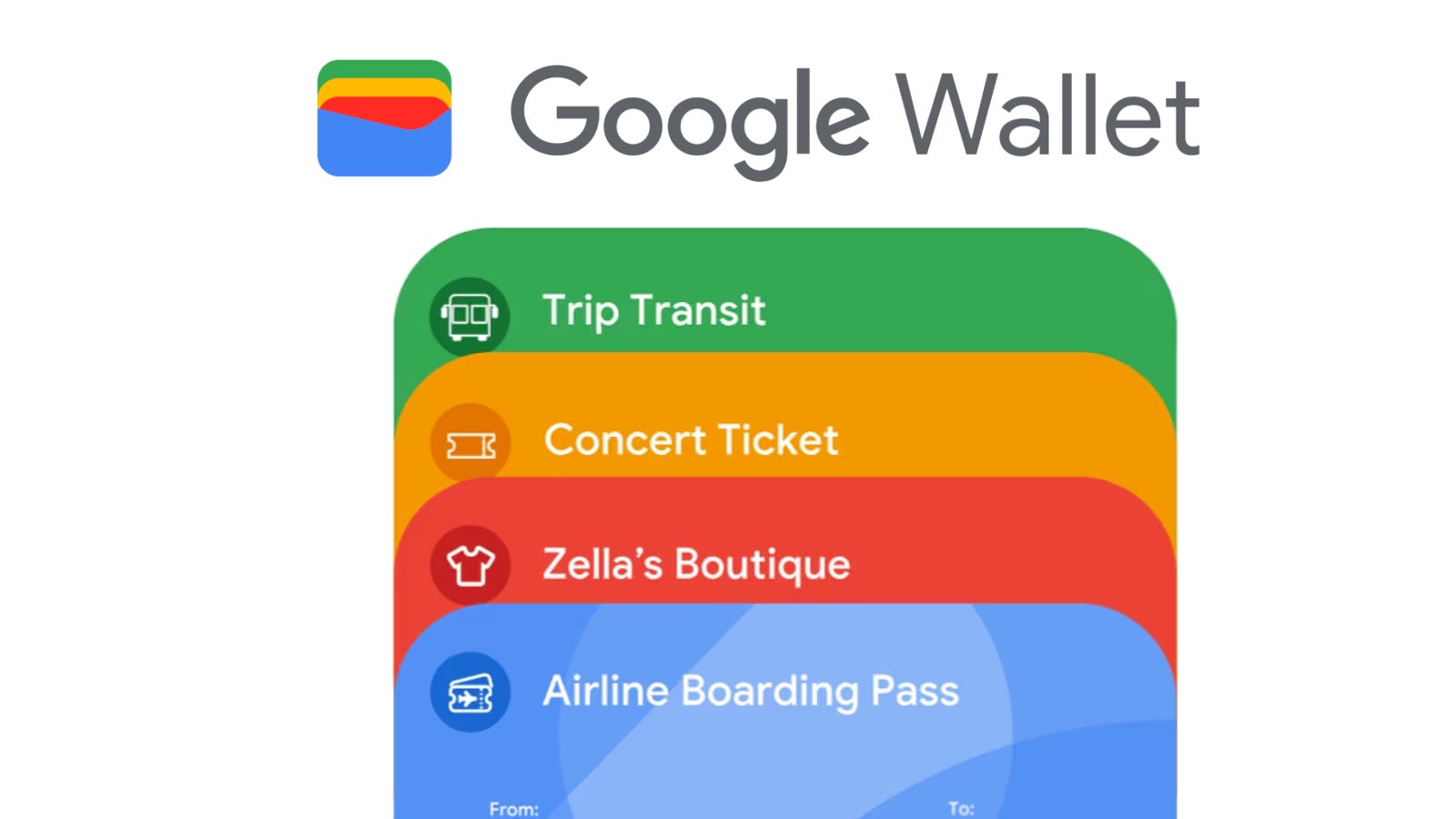









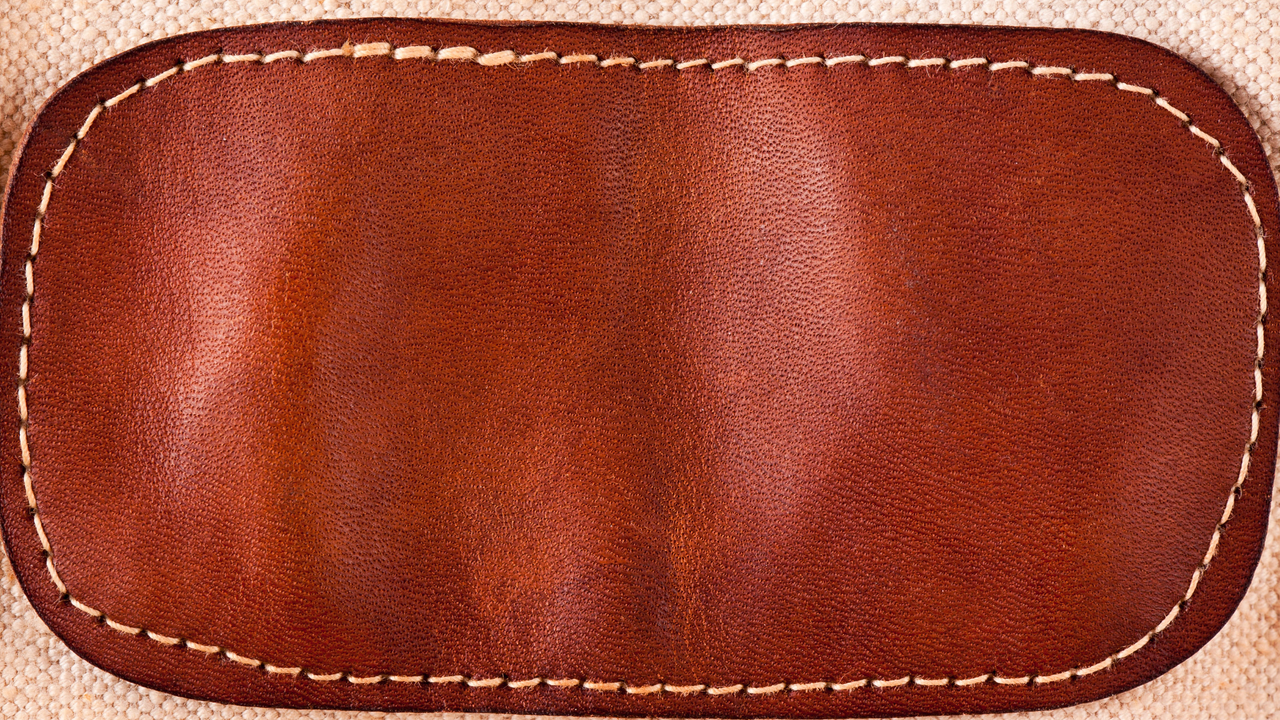





.webp?#)

































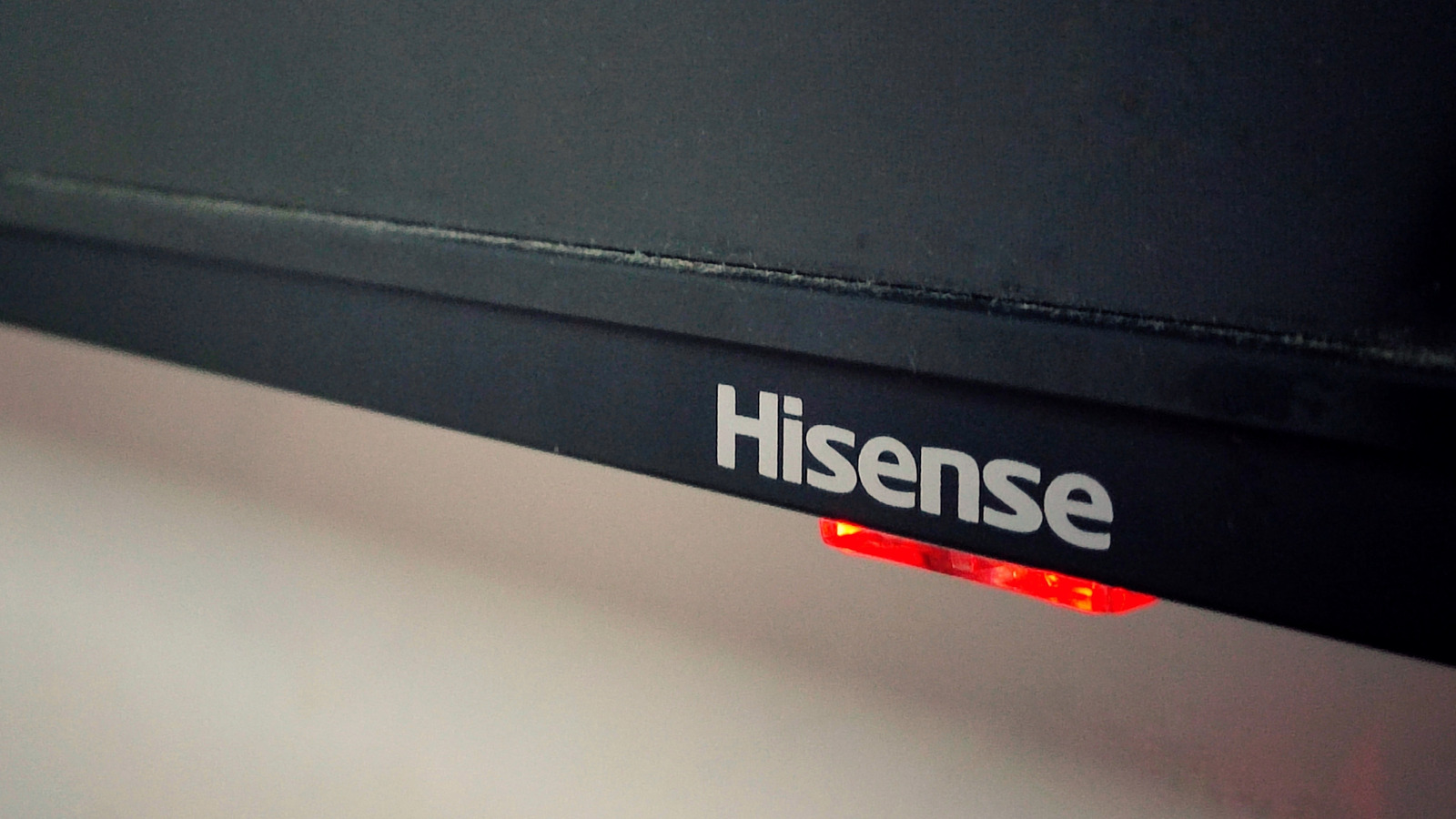

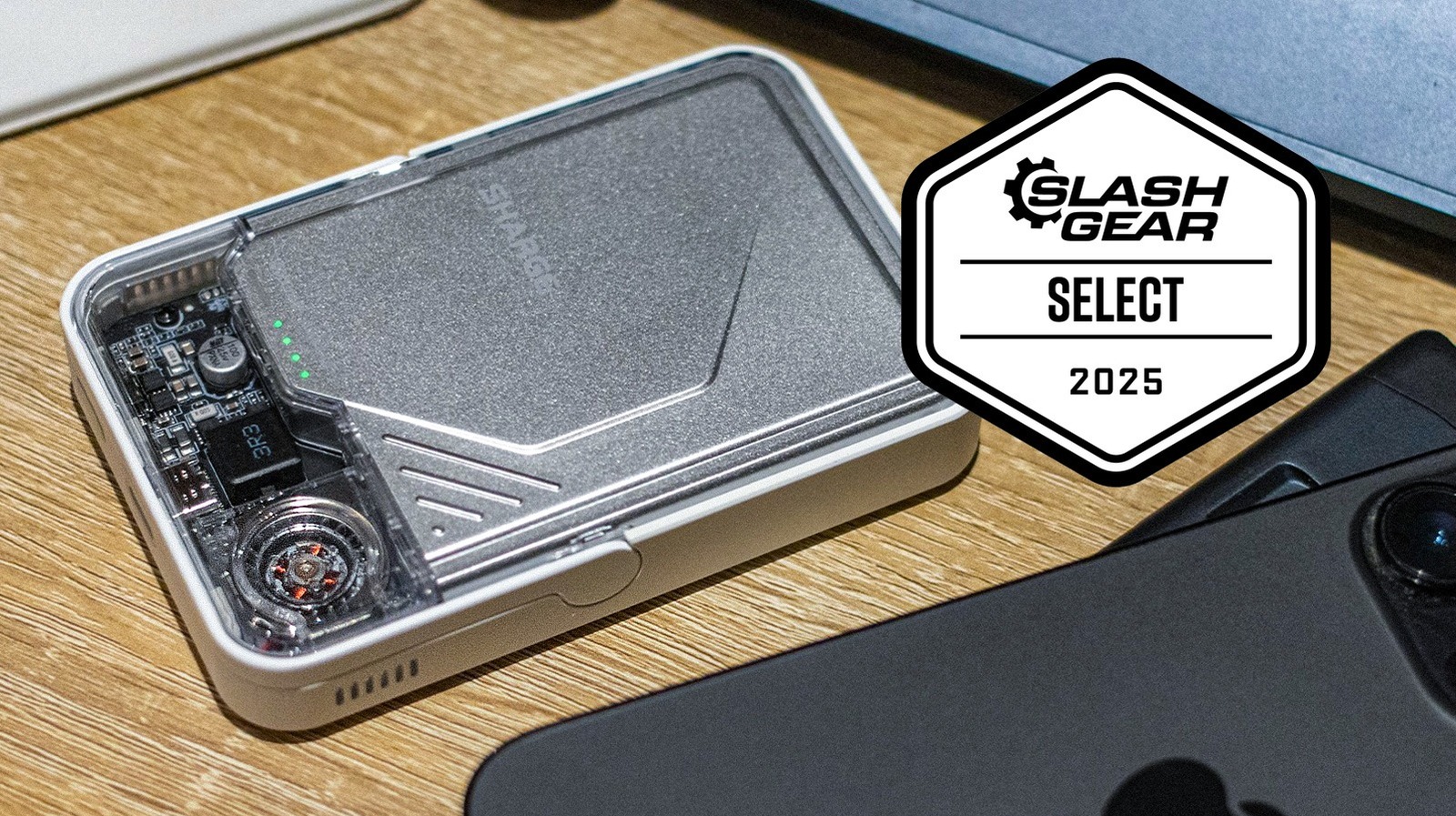
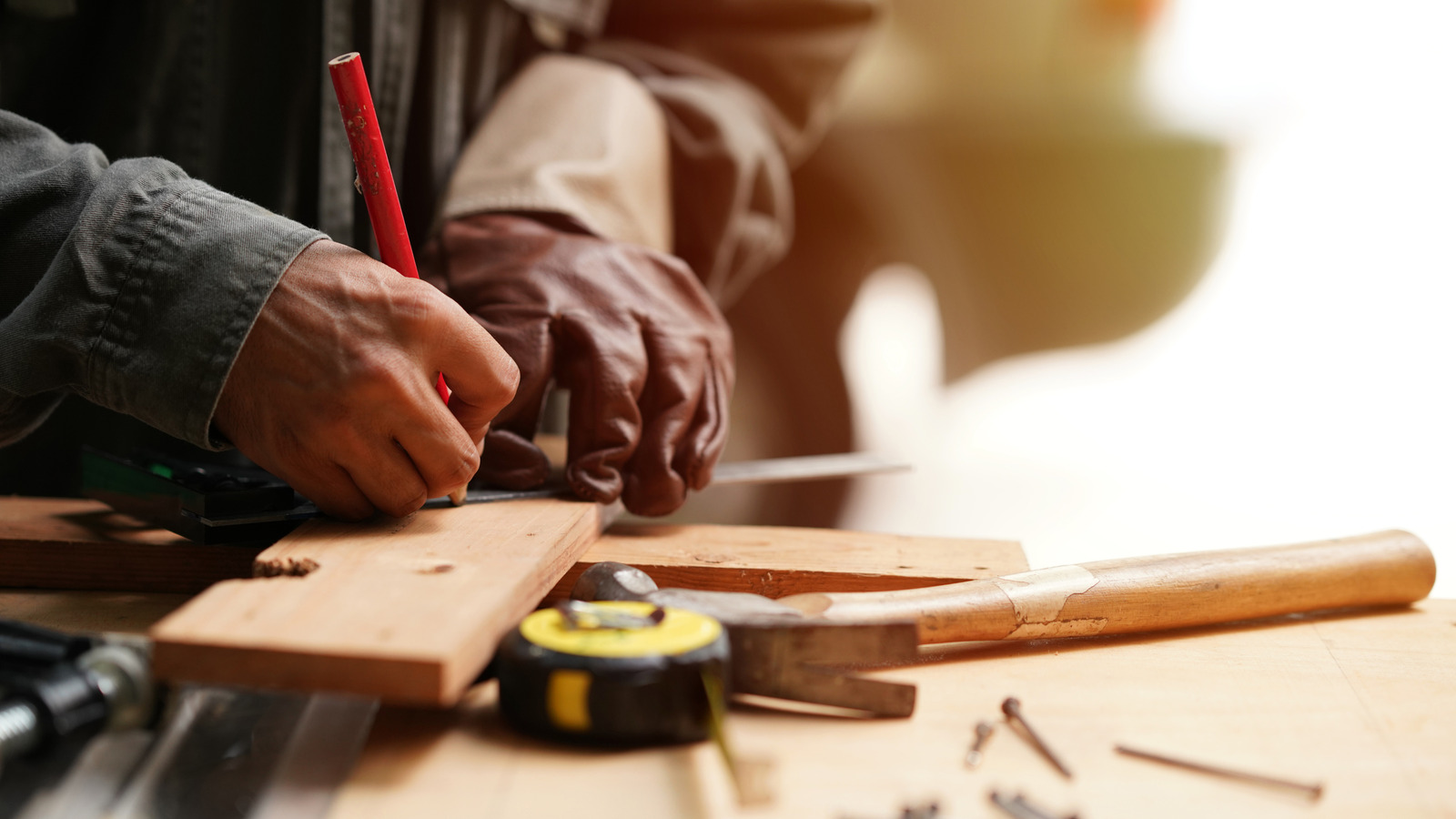































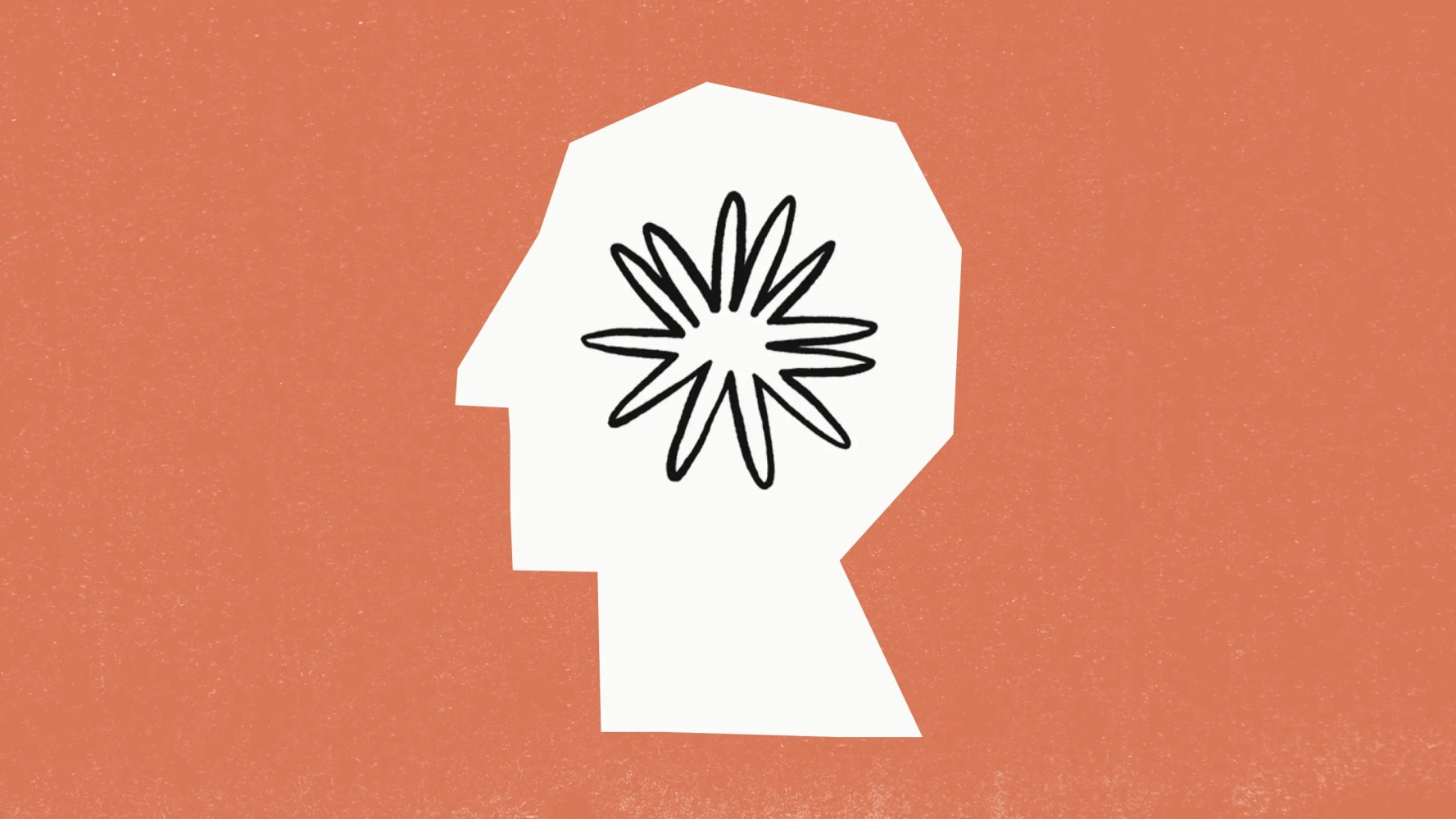





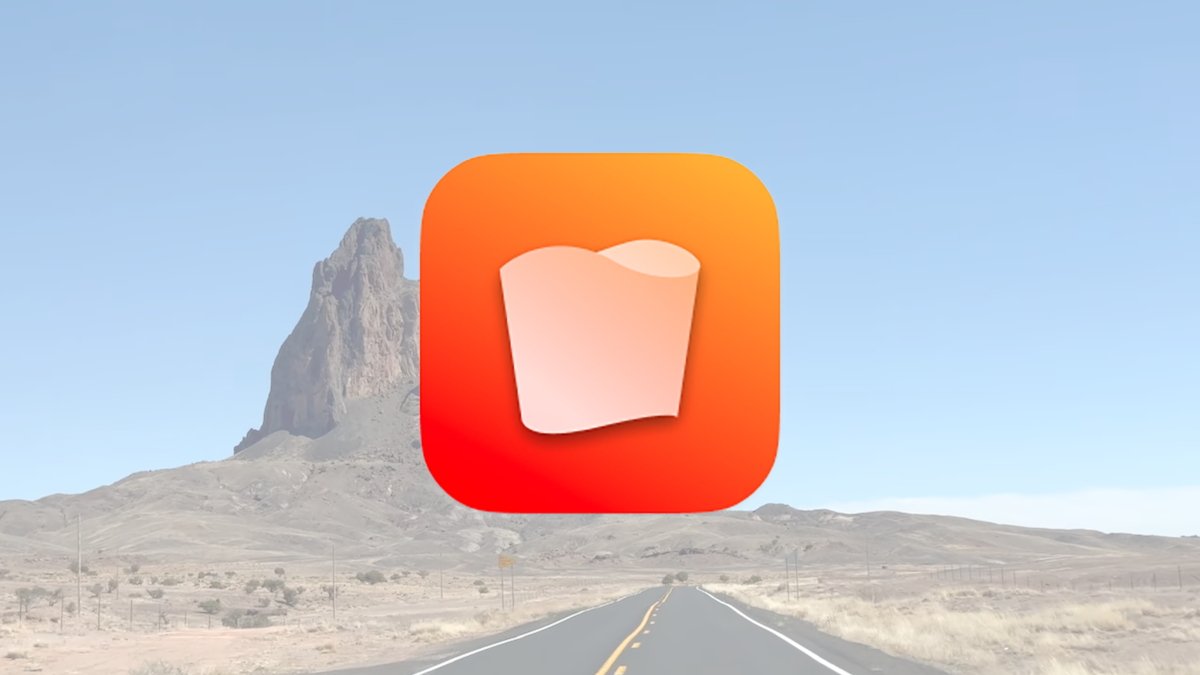
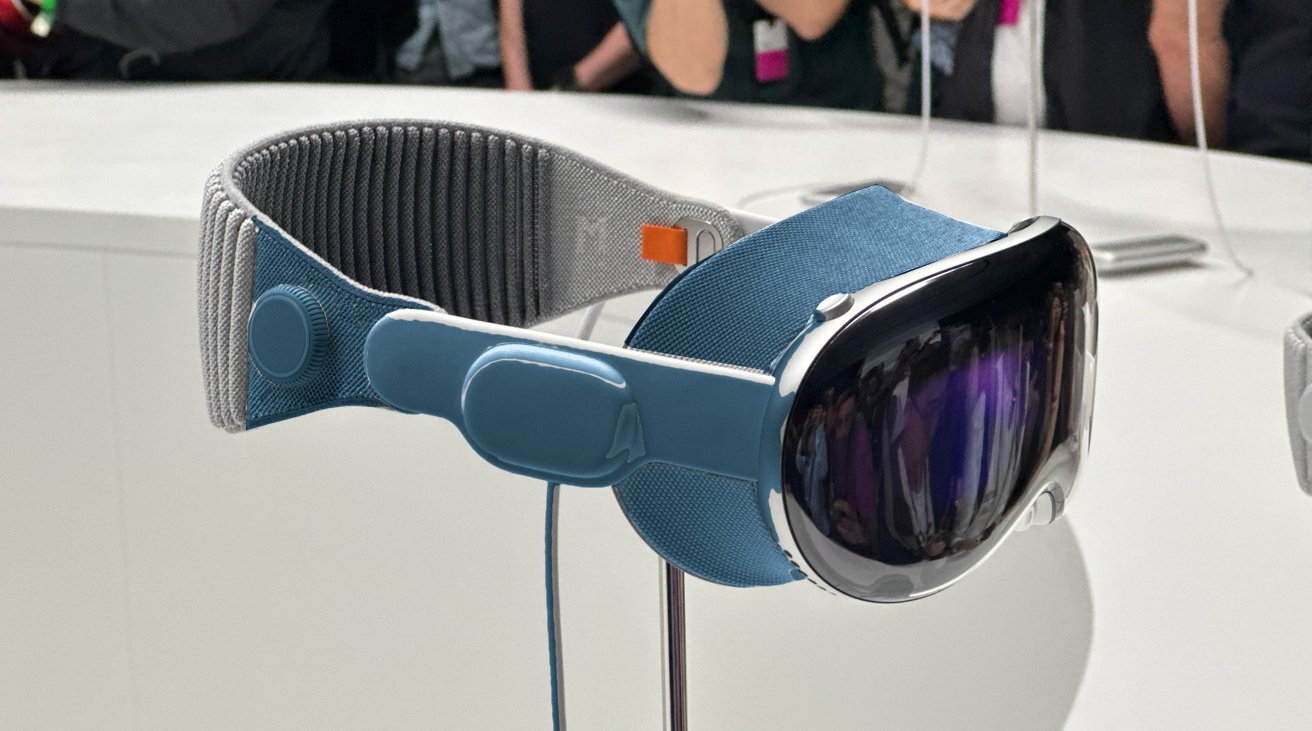

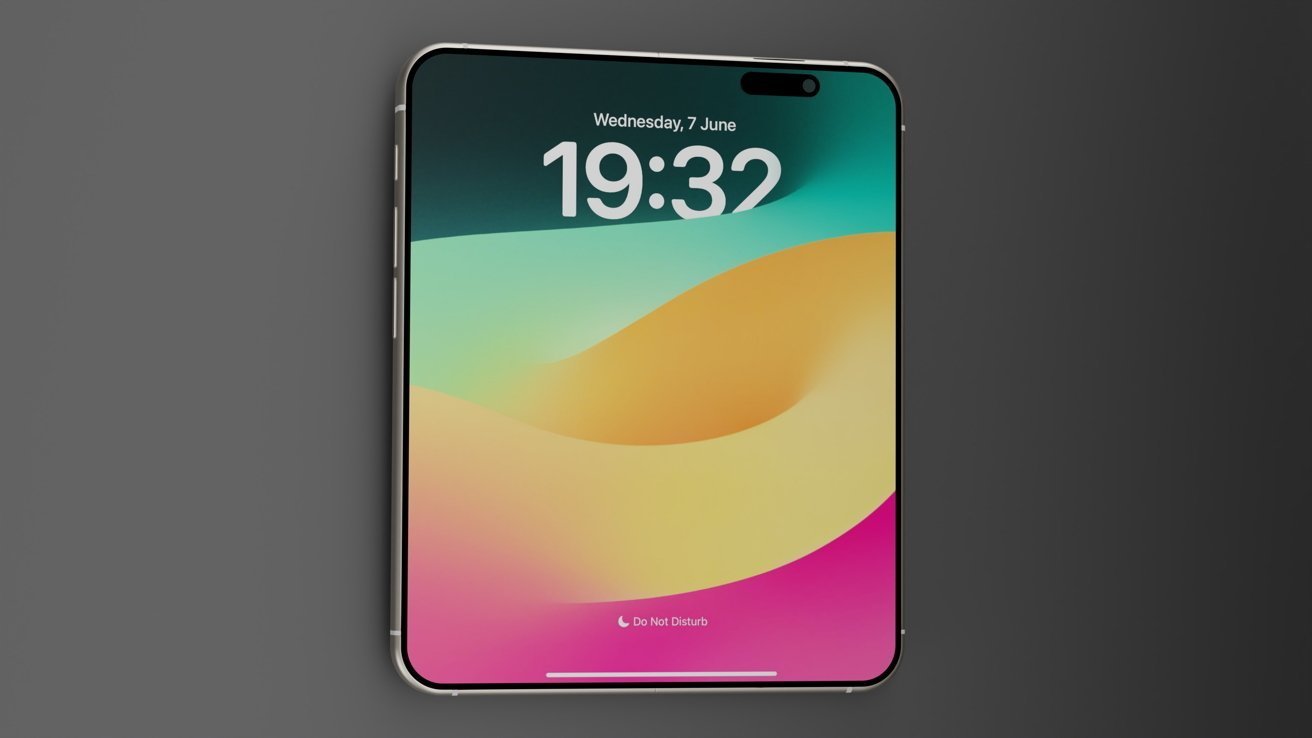
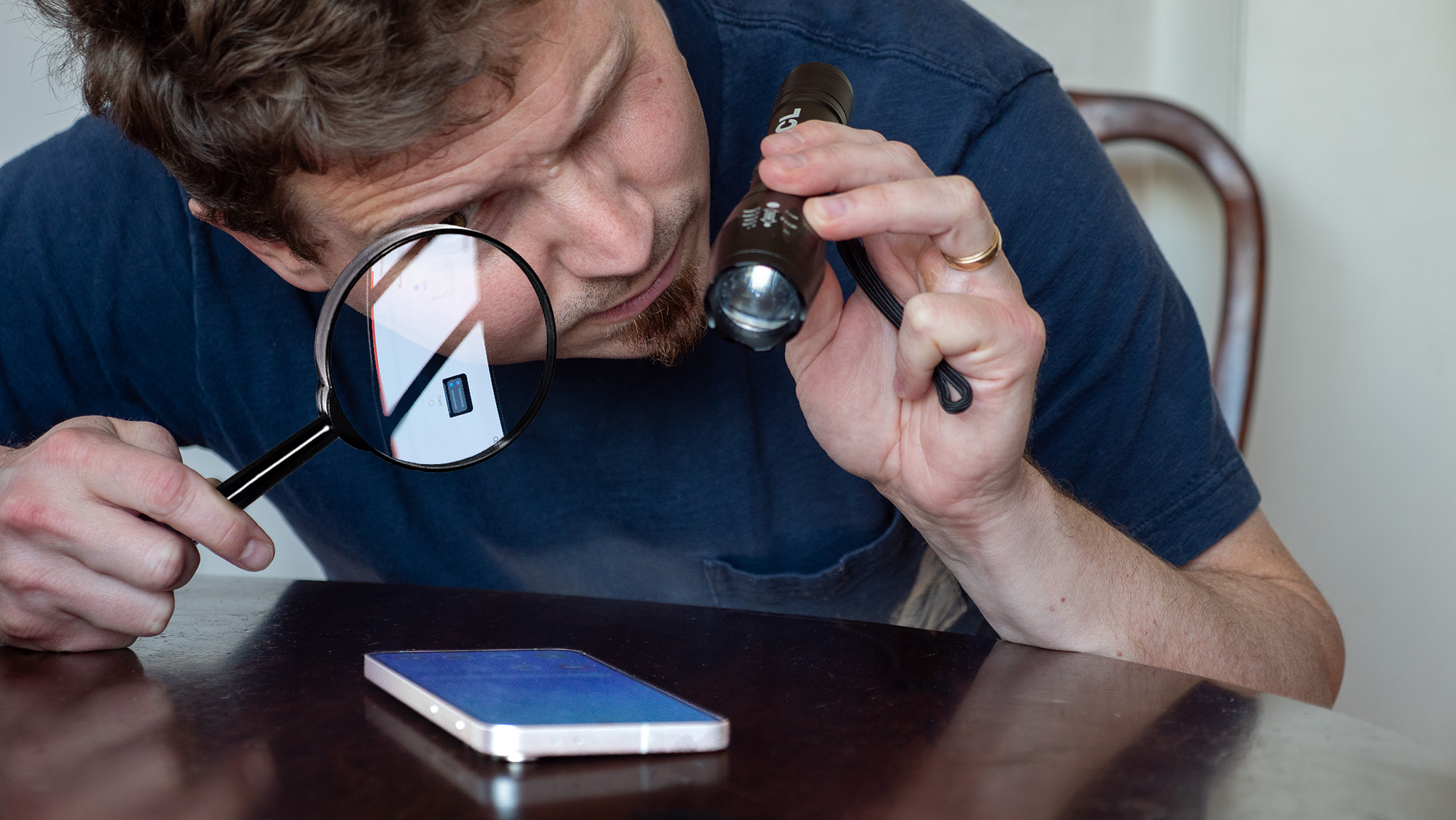




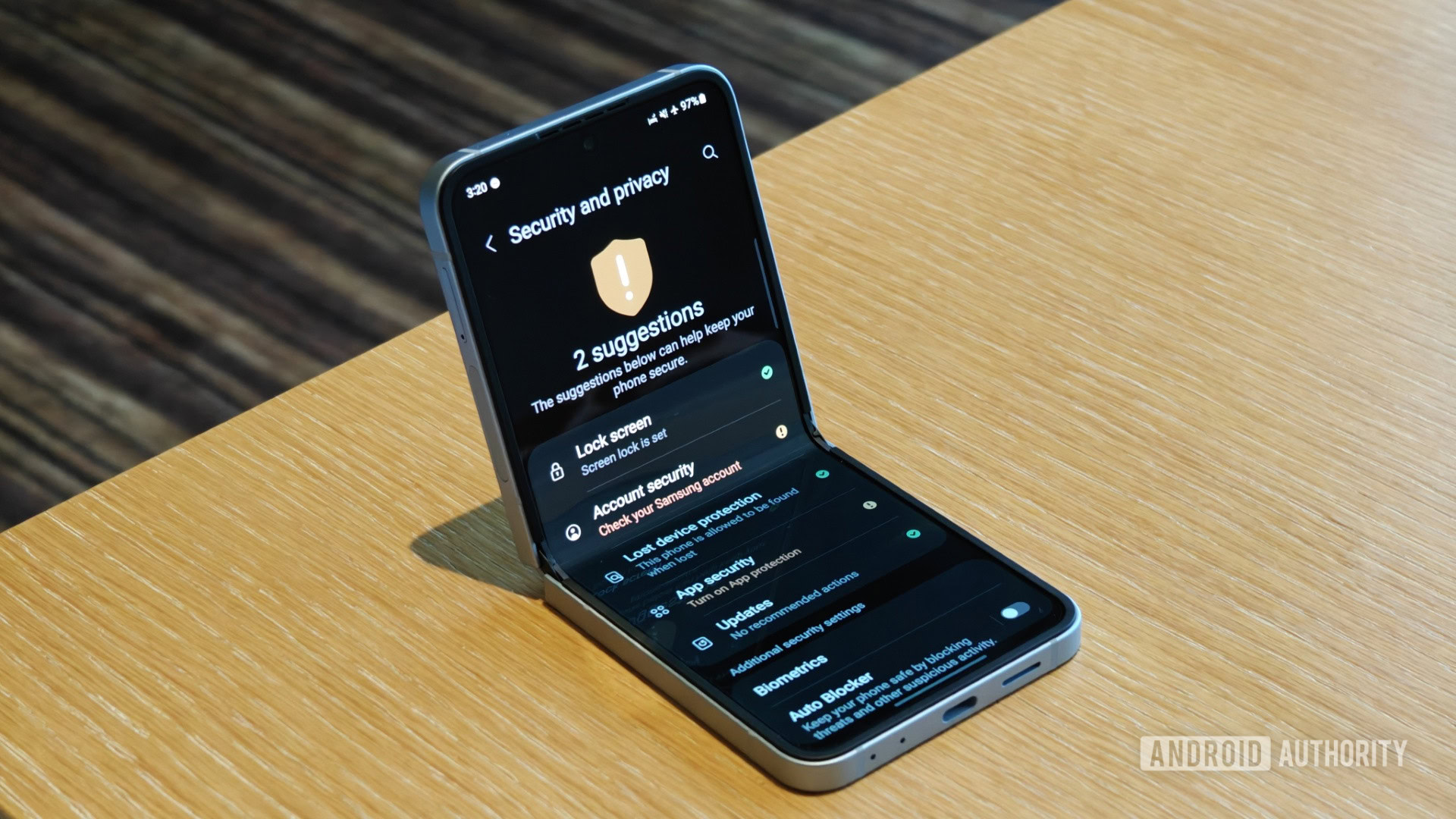
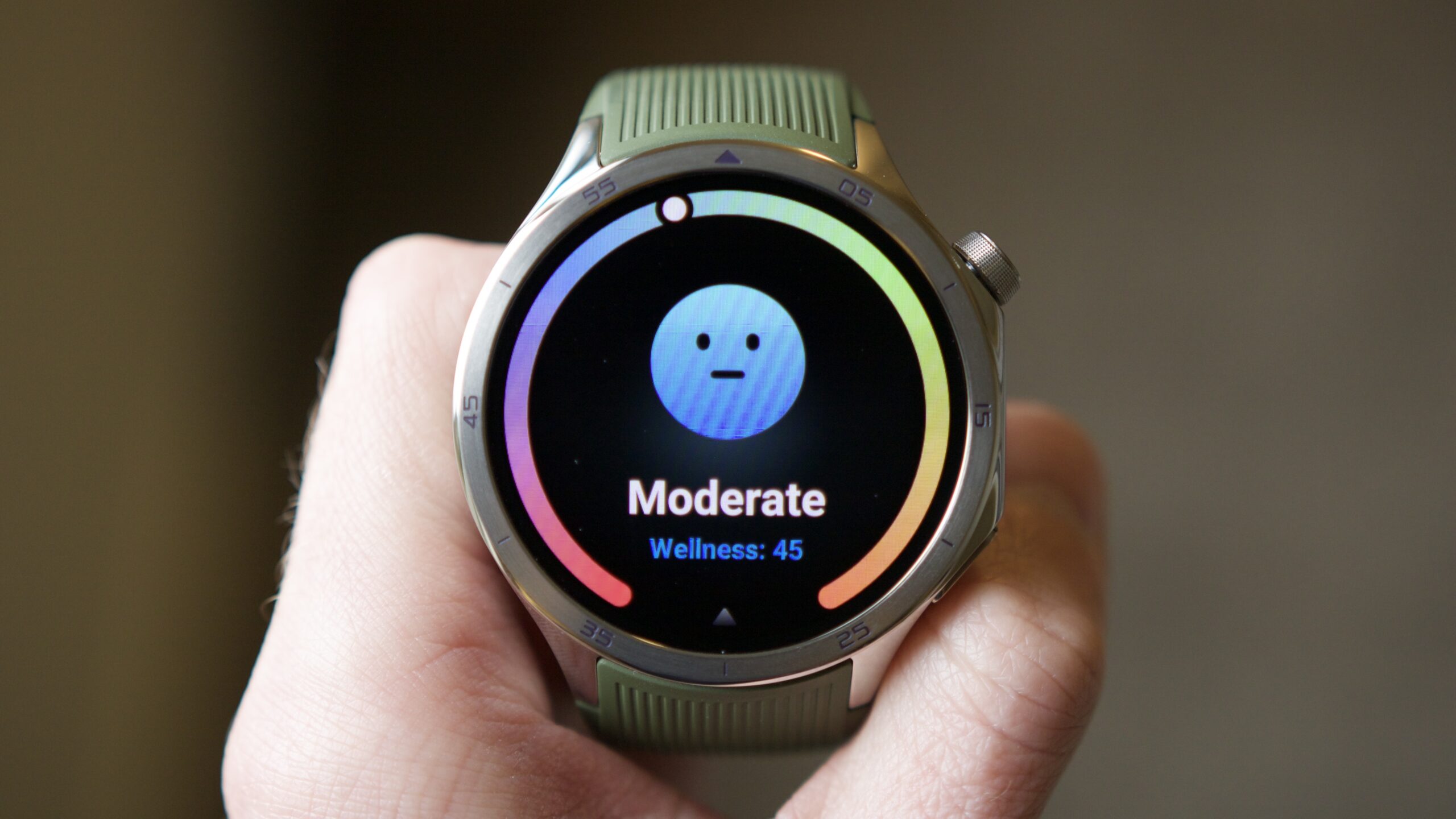
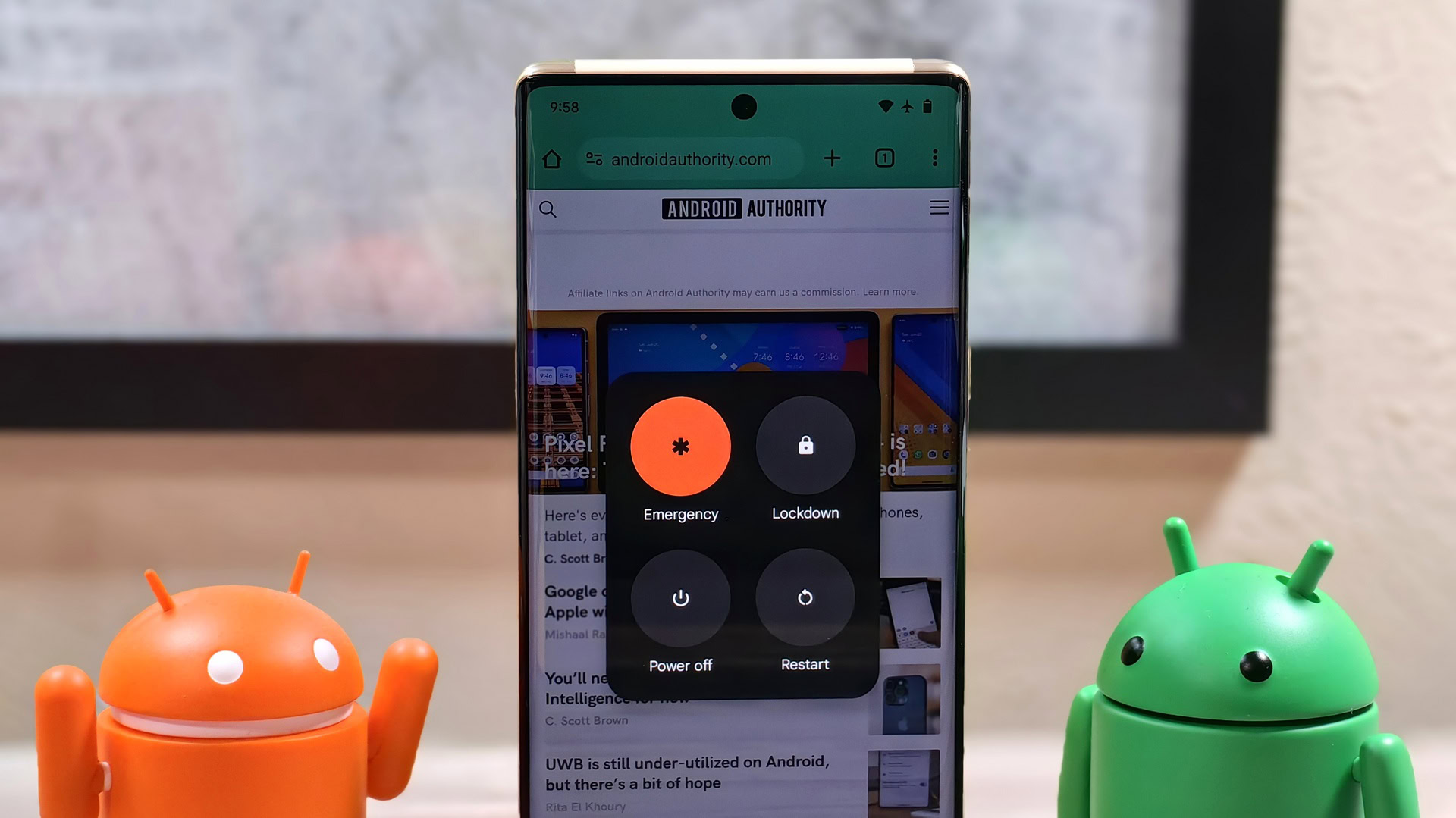



![PSA: It’s not just you, Spotify is down [U: Fixed]](https://i0.wp.com/9to5mac.com/wp-content/uploads/sites/6/2023/06/spotify-logo-2.jpg?resize=1200%2C628&quality=82&strip=all&ssl=1)
![[Update: Optional] Google rolling out auto-restart security feature to Android](https://i0.wp.com/9to5google.com/wp-content/uploads/sites/4/2025/01/google-play-services-2.jpg?resize=1200%2C628&quality=82&strip=all&ssl=1)












![Apple Releases iOS 18.4.1 and iPadOS 18.4.1 [Download]](https://www.iclarified.com/images/news/97043/97043/97043-640.jpg)
![Apple Releases visionOS 2.4.1 for Vision Pro [Download]](https://www.iclarified.com/images/news/97046/97046/97046-640.jpg)
![Apple Vision 'Air' Headset May Feature Titanium and iPhone 5-Era Black Finish [Rumor]](https://www.iclarified.com/images/news/97040/97040/97040-640.jpg)















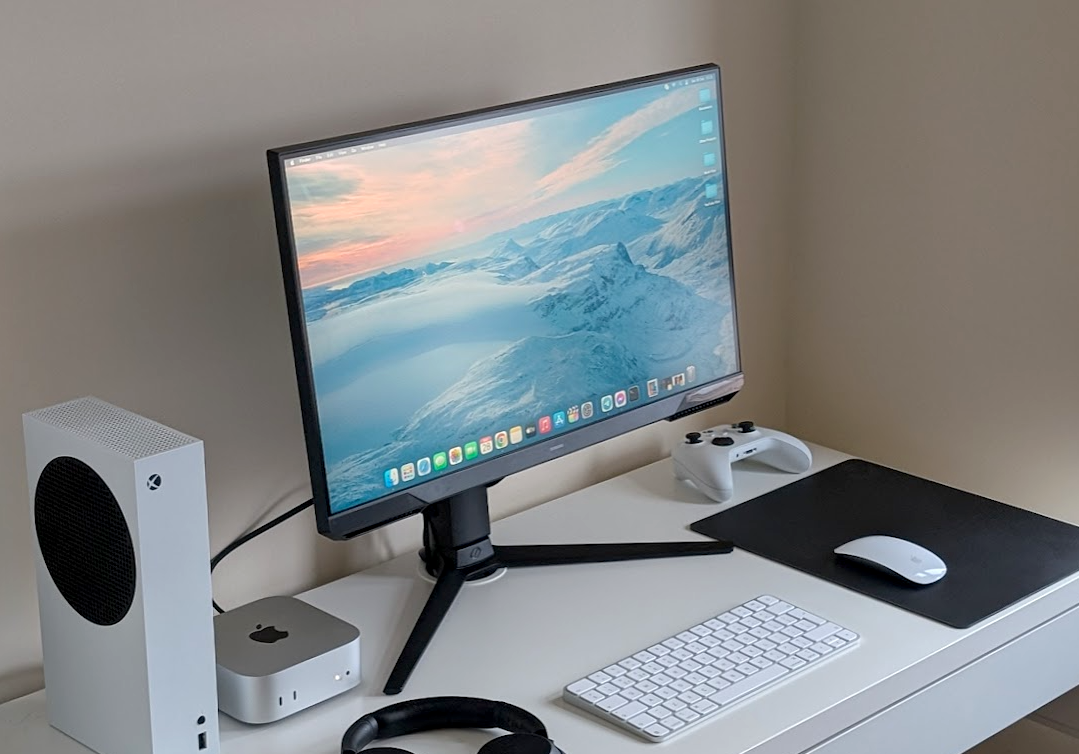


















![[Update: Trump Backtracks]The U.S. Just Defunded a Key Security Database, And Your Android Phone Could Pay the Price](https://www.androidheadlines.com/wp-content/uploads/2025/03/Android-logo-AM-AH.jpg)









